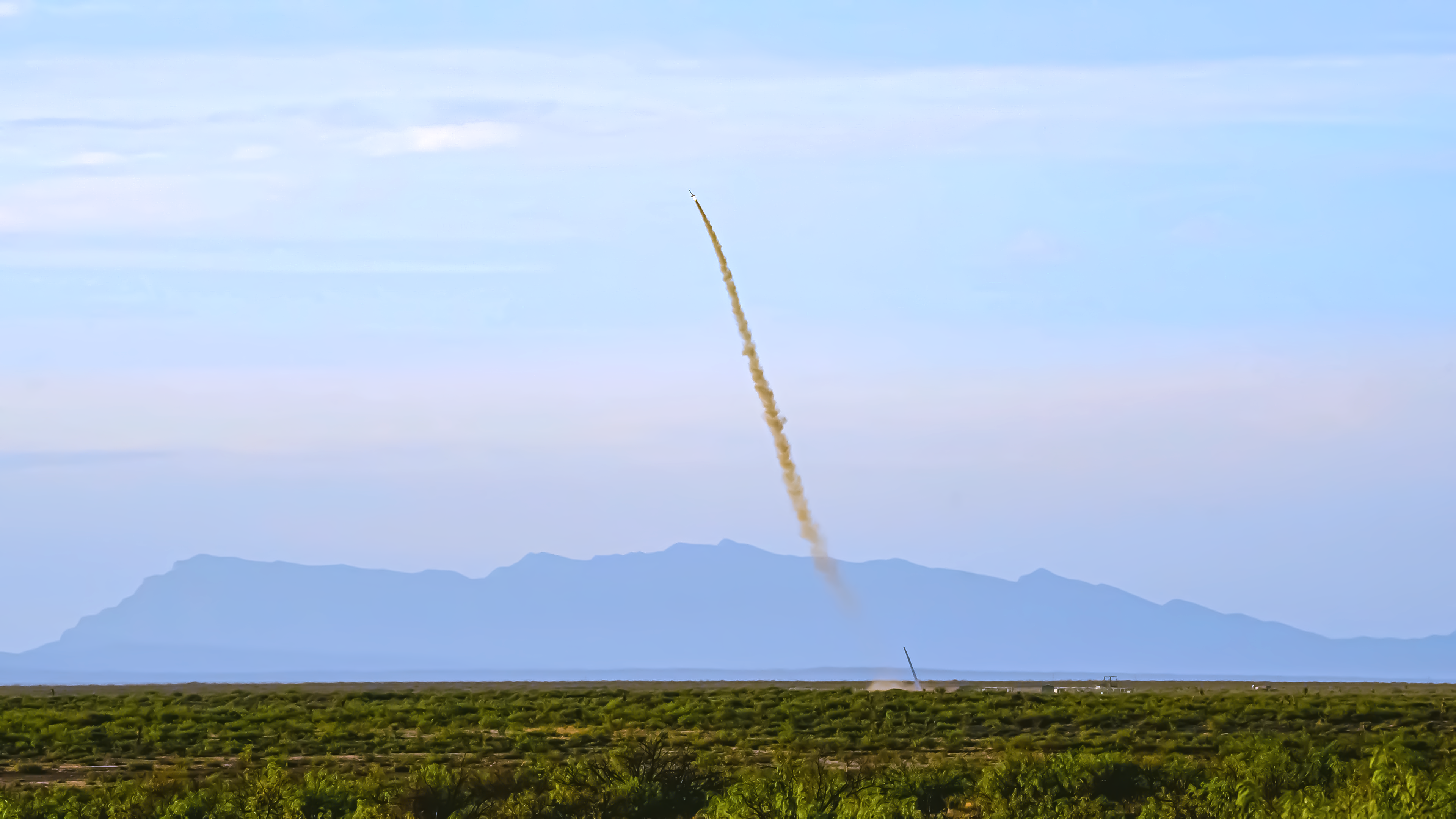Best cameras for low light photography
These are the best cameras for low-light photography, from dimly lit interiors to the starry night sky.
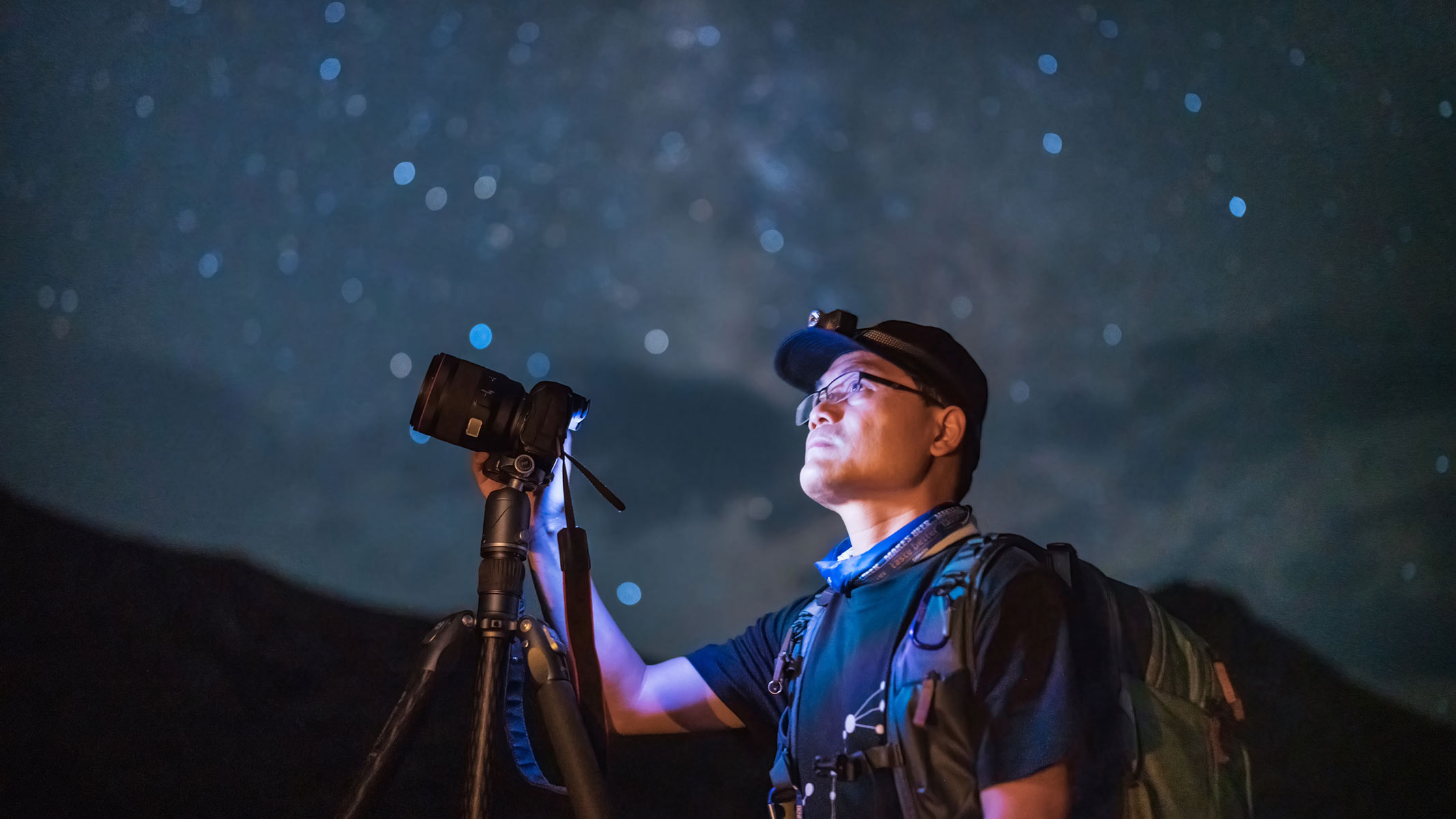
Low-light photography demands a camera with excellent ISO performance, strong noise reduction, and a capable sensor. This guide focuses on cameras specifically designed to excel in challenging light conditions, helping you capture clear images in dim environments or faint objects in the night sky. While the full Buck moon will mean bright skies in early July, towards the end of the month, there will be plenty of darkness, perfect for capturing the peak of the Delta Aquariid meteor shower on July 29-30 or photographing the Milky Way's galactic core.
If you want the best models available on the market, we also have a guides to the best cameras for photo and video and the best cameras for astrophotography. Grabbing one of the best light pollution filters will do wonders for photographing hard-to-capture celestial objects.
The quick list
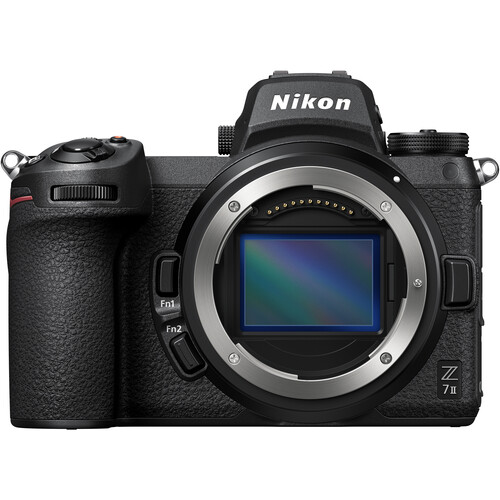
Best all-rounder
The Nikon Z7 II shines as the overall best camera for low-light photography — but it's a fantastic all-rounder for almost every situation.
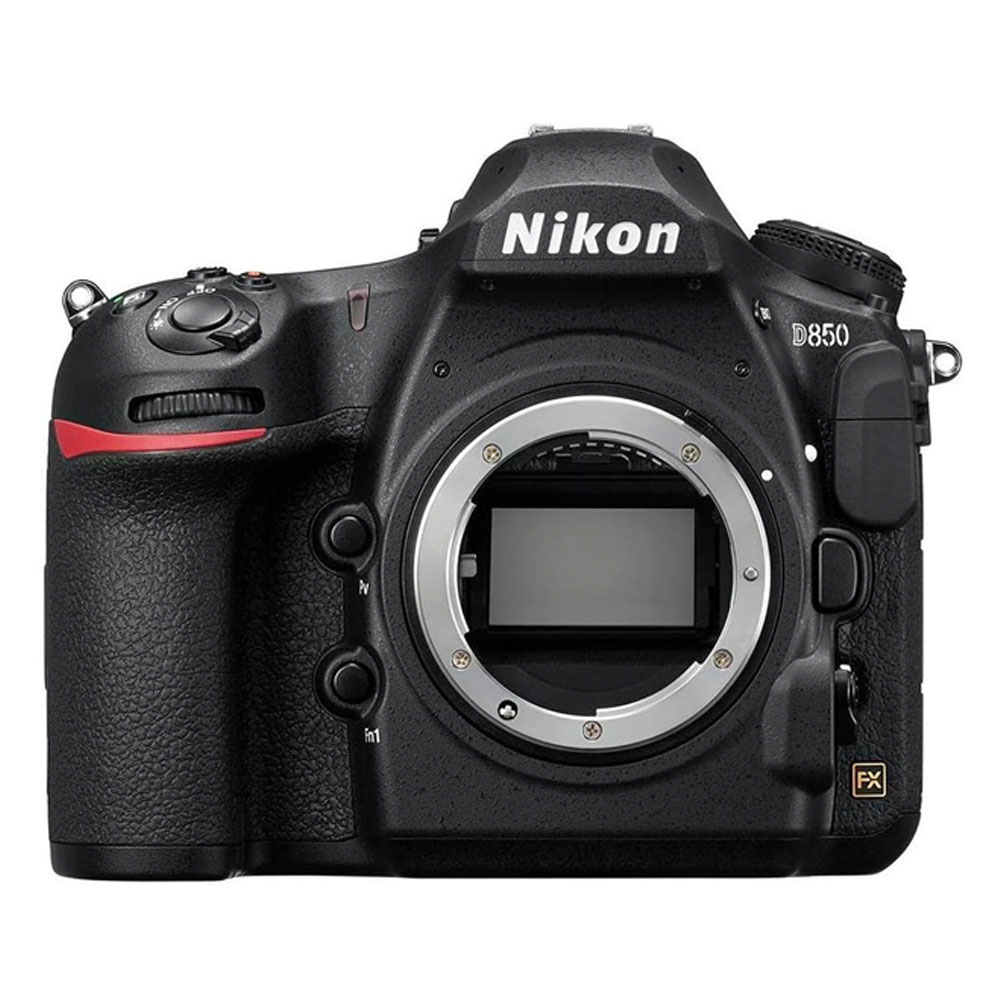
Best DSLR
Most manufacturers have eschewed DSLRs for mirrorless models, but the Nikon D850 still gives them a run for their money. It boasts fantastic resolution — but its mirrorless counterparts beat it in low light focusing.
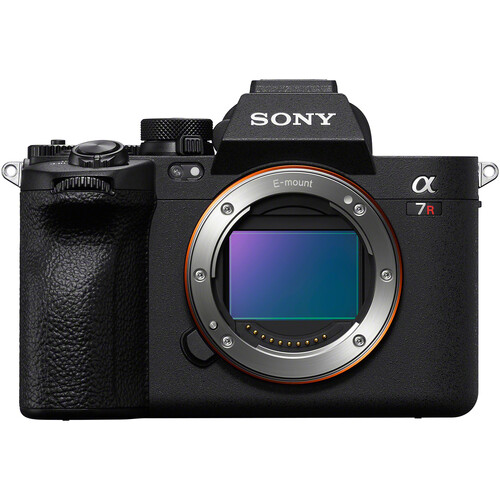
Best hybrid model
This is a powerhouse of a camera, packed with a huge 61MP sensor. It can do just about everything a photographer could want, boasts a superb low-light performance. Its premium price, however, may make it overkill for some.
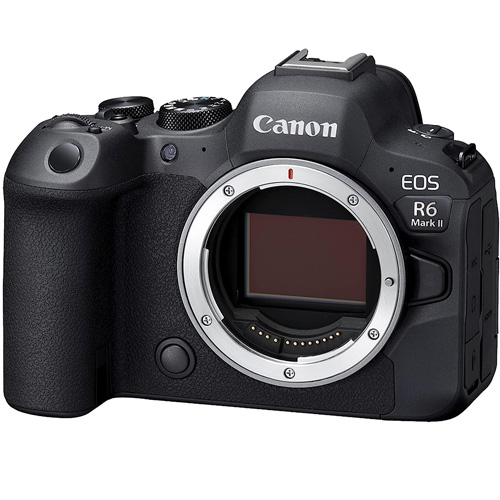
Best for intermediates
The Canon EOS R6 Mark II is packed with features but competitively priced enough to be affordable for intermediates. It excels in low-light conditions shooting, thanks to its superb high ISO handling, and low light autofocus capabilities.
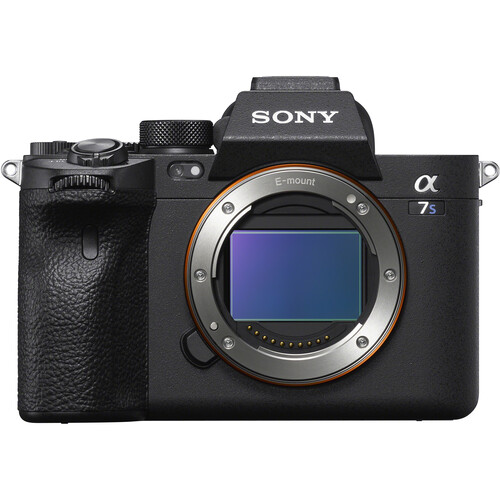
Best for low light video
We can't recommend the Sony A7s for stills — its 12.1MP sensor is lacking compared to others on the market. But it performs fantastically at recording video in low light.
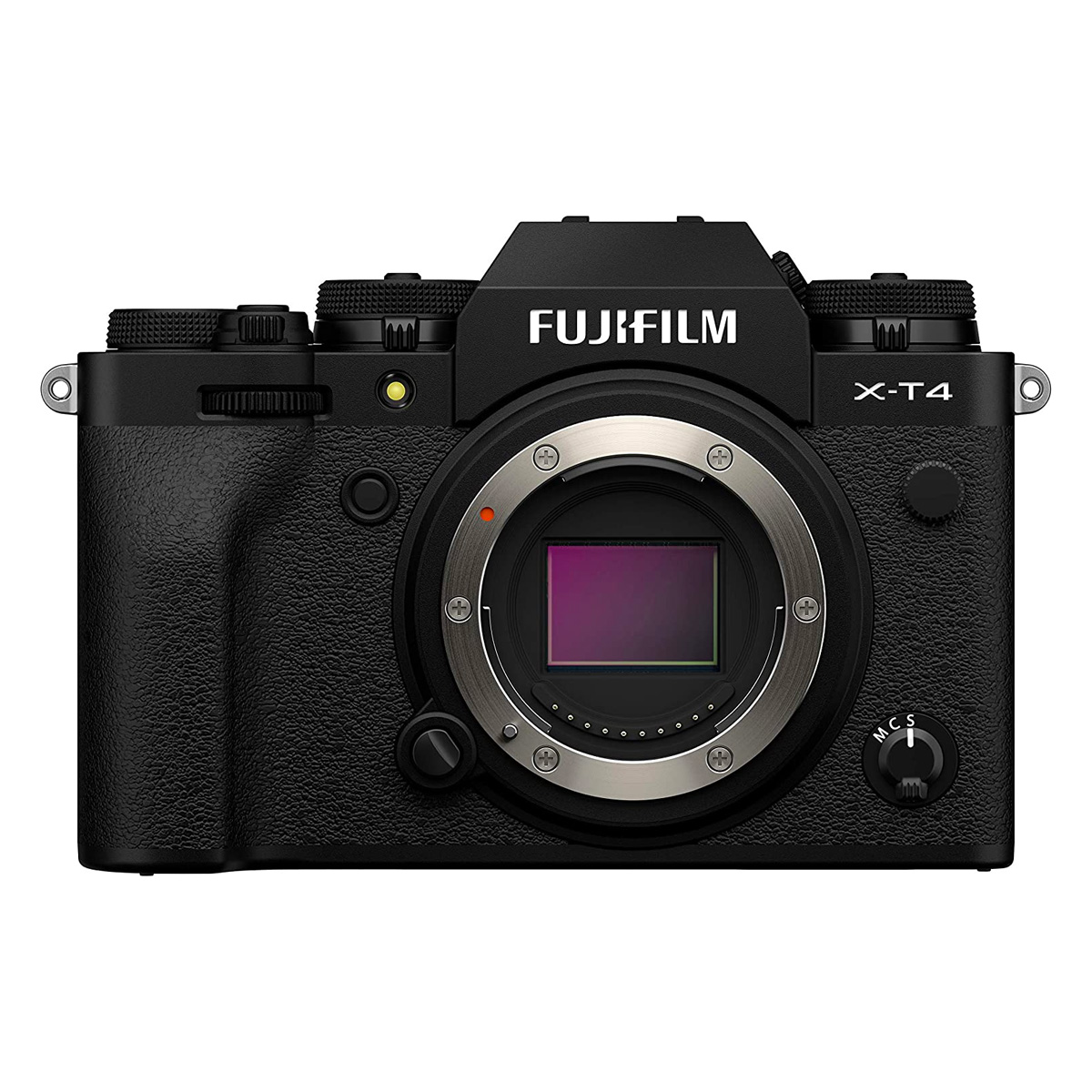
Best for beginners
The Fuji X-T4 packs in some fantastic technology but still manages to be easy to use — the perfect combination for a beginner.
Load the next 4 products ↴
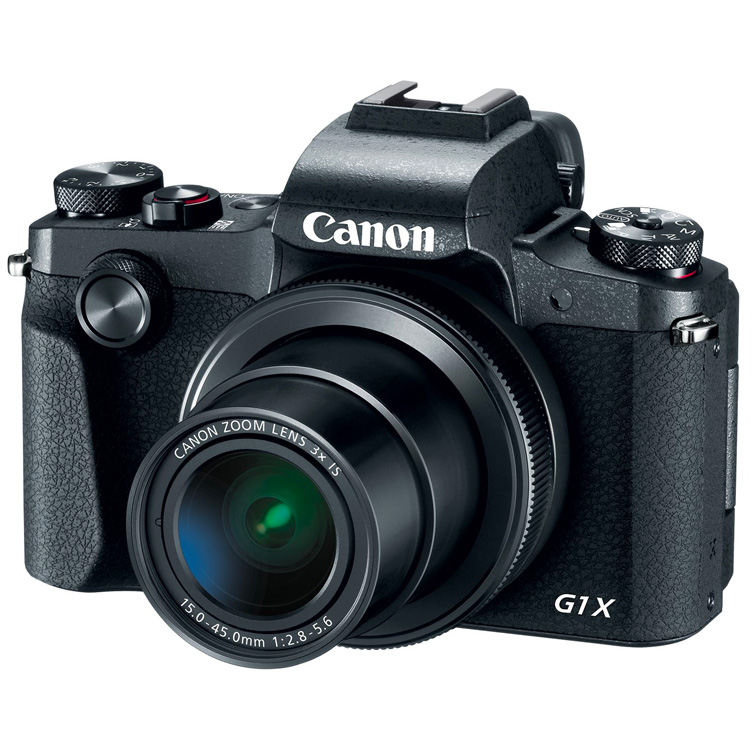
Best compact option
Want a compact camera solution where you don't have to deal with interchangeable lenses? The PowerShot G1 X is a great choice. Its wide focal length and built-in image stabilization make it great for new vloggers.
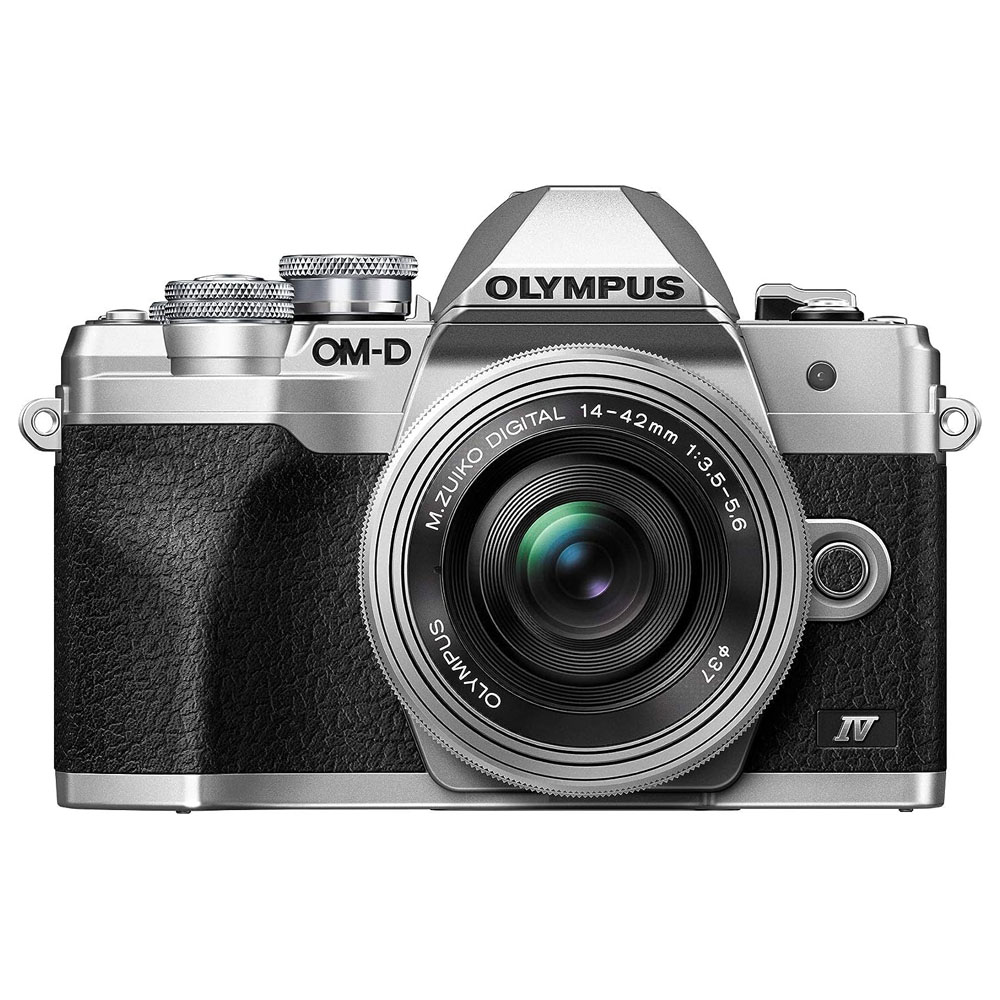
Best micro four thirds camera
The Olympus OM-D E-M10 Mark IV is only a mouthful in name: the camera itself is a small and neat little package that packs in excellent quality and usability. It's not advanced enough for experienced photographers but for beginners and enthusiasts this makes for a great travel companion.
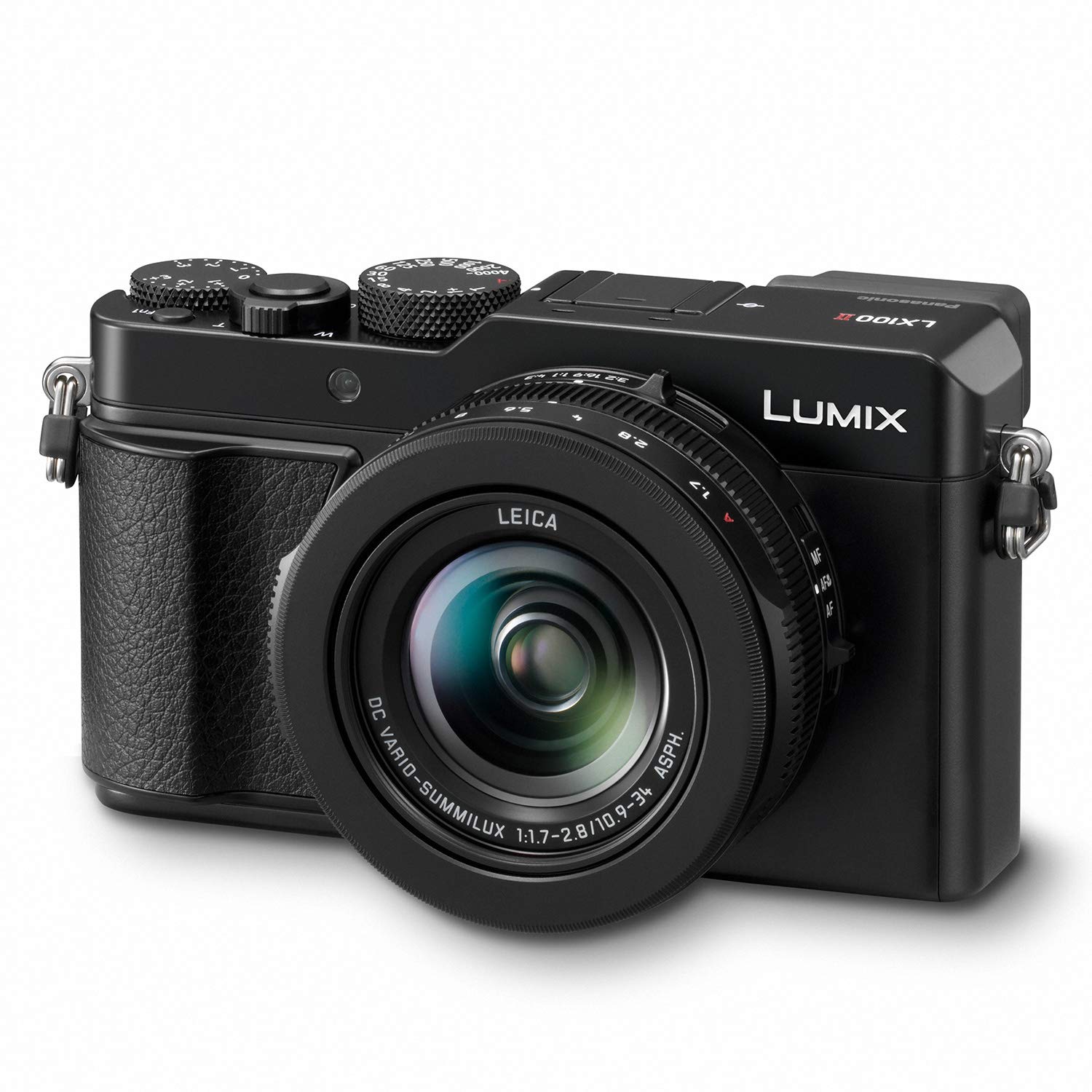
Best budget option
The LX100 II performs valiantly despite its budget price. Its sensor isn't the most detailed but that doesn't stop it capturing great photos in low light conditions — largely thanks to its wide aperture lens.
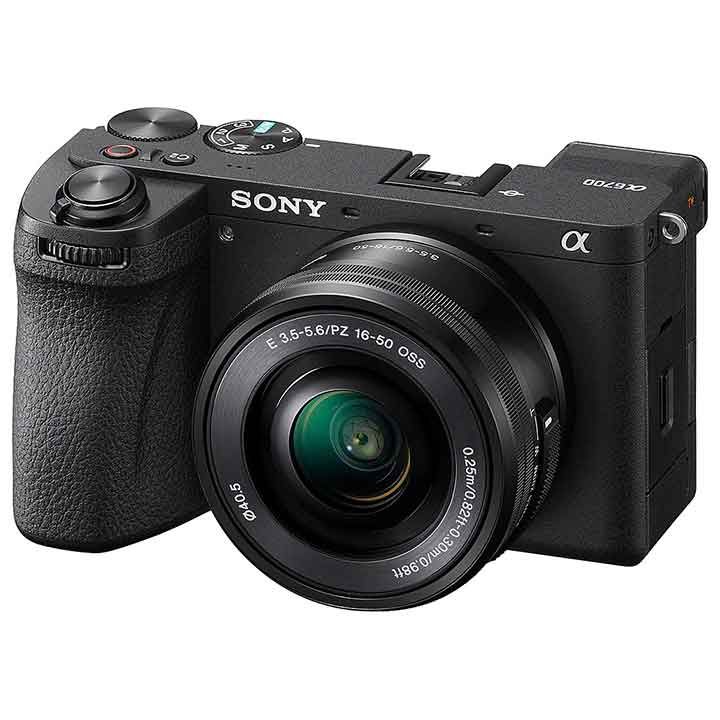
Best crop sensor
If you've used a Sony A6000 series camera before you'll find the upgrades in the A6700 to be serious improvements. This little powerhouse can impress amateur and professional photographers alike.
Best cameras for low light photography 2025
Why you can trust Space.com
Best all rounder

The Nikon Z7 II on a tripod with a lens attached
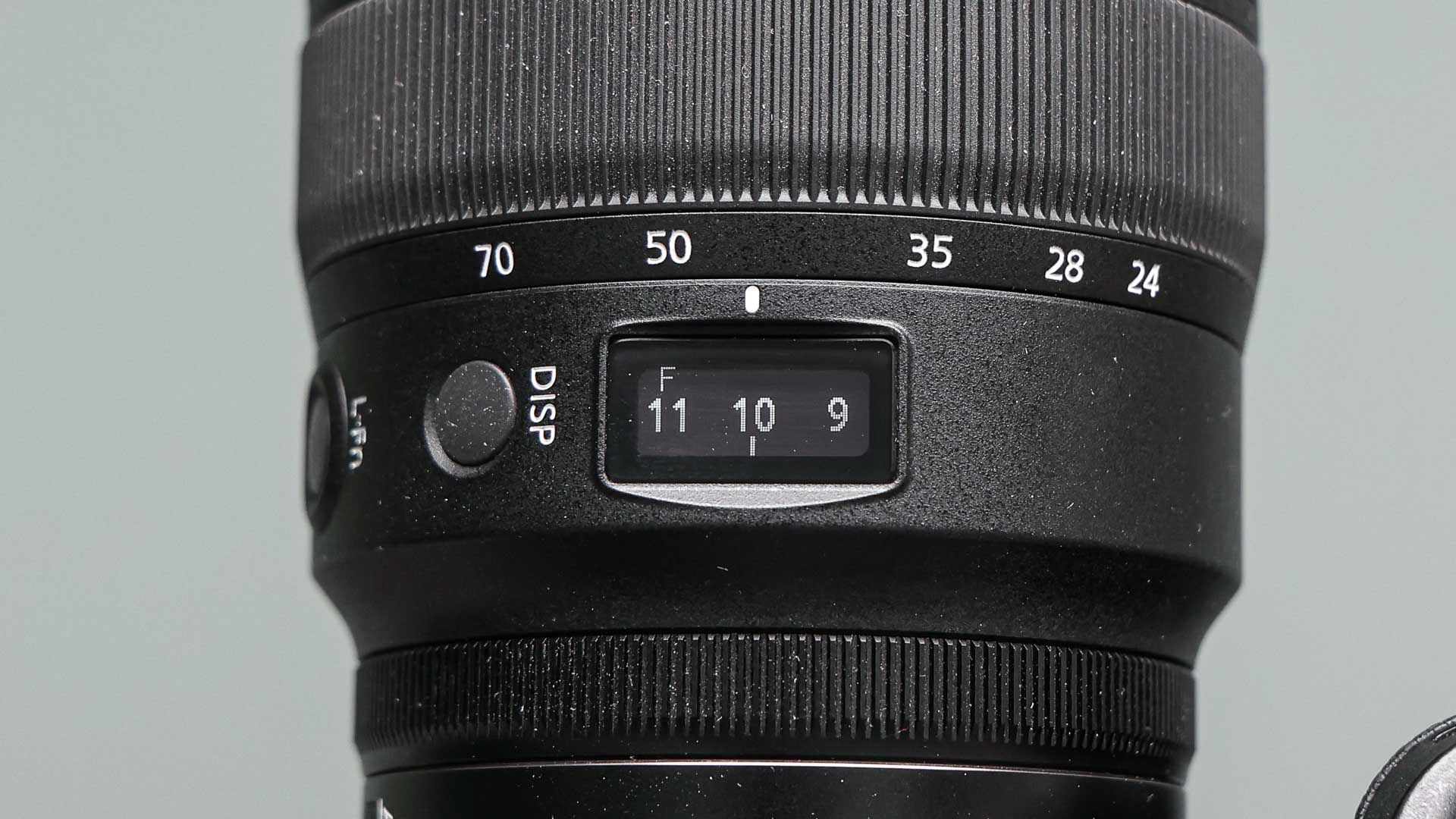
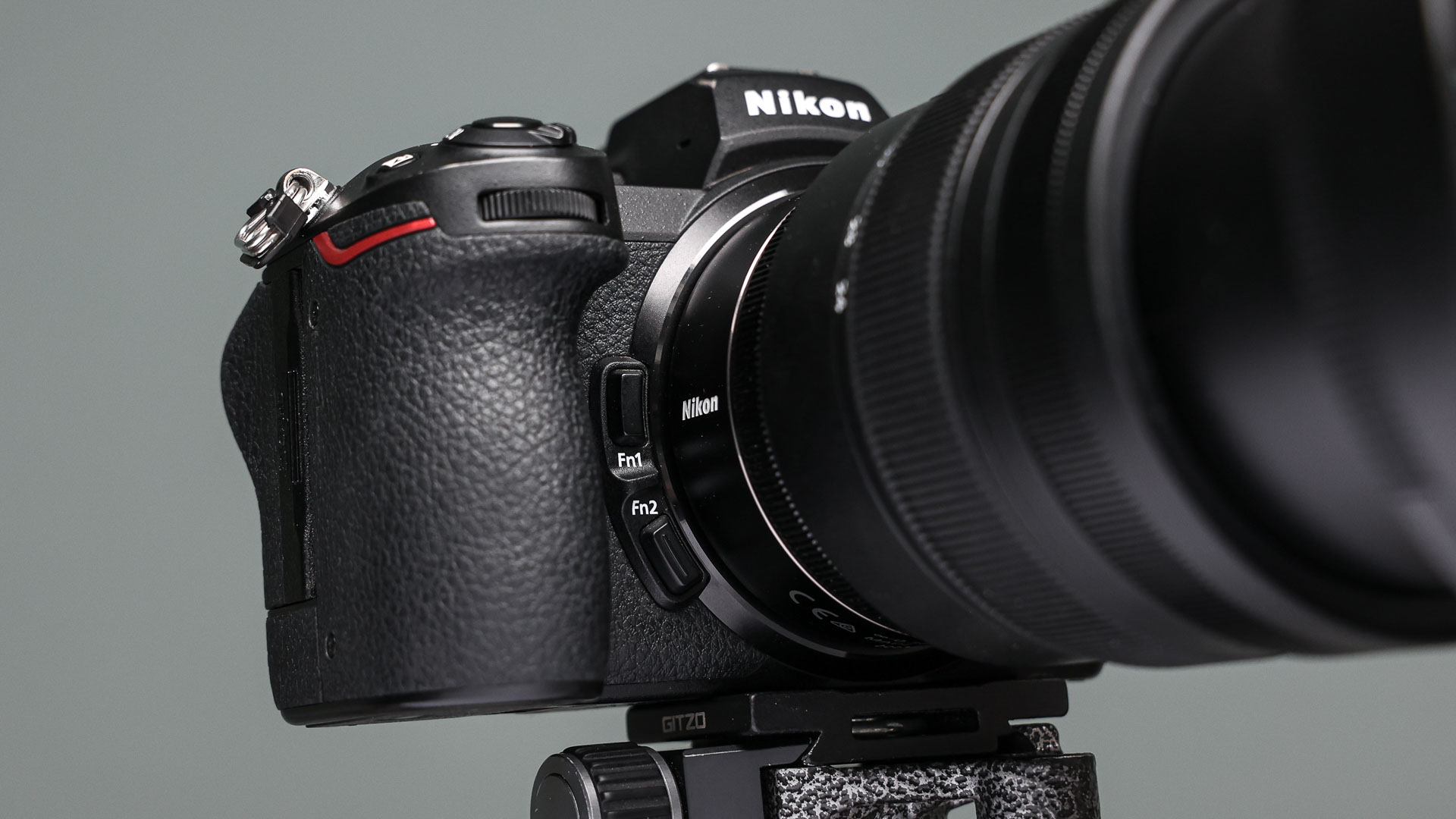
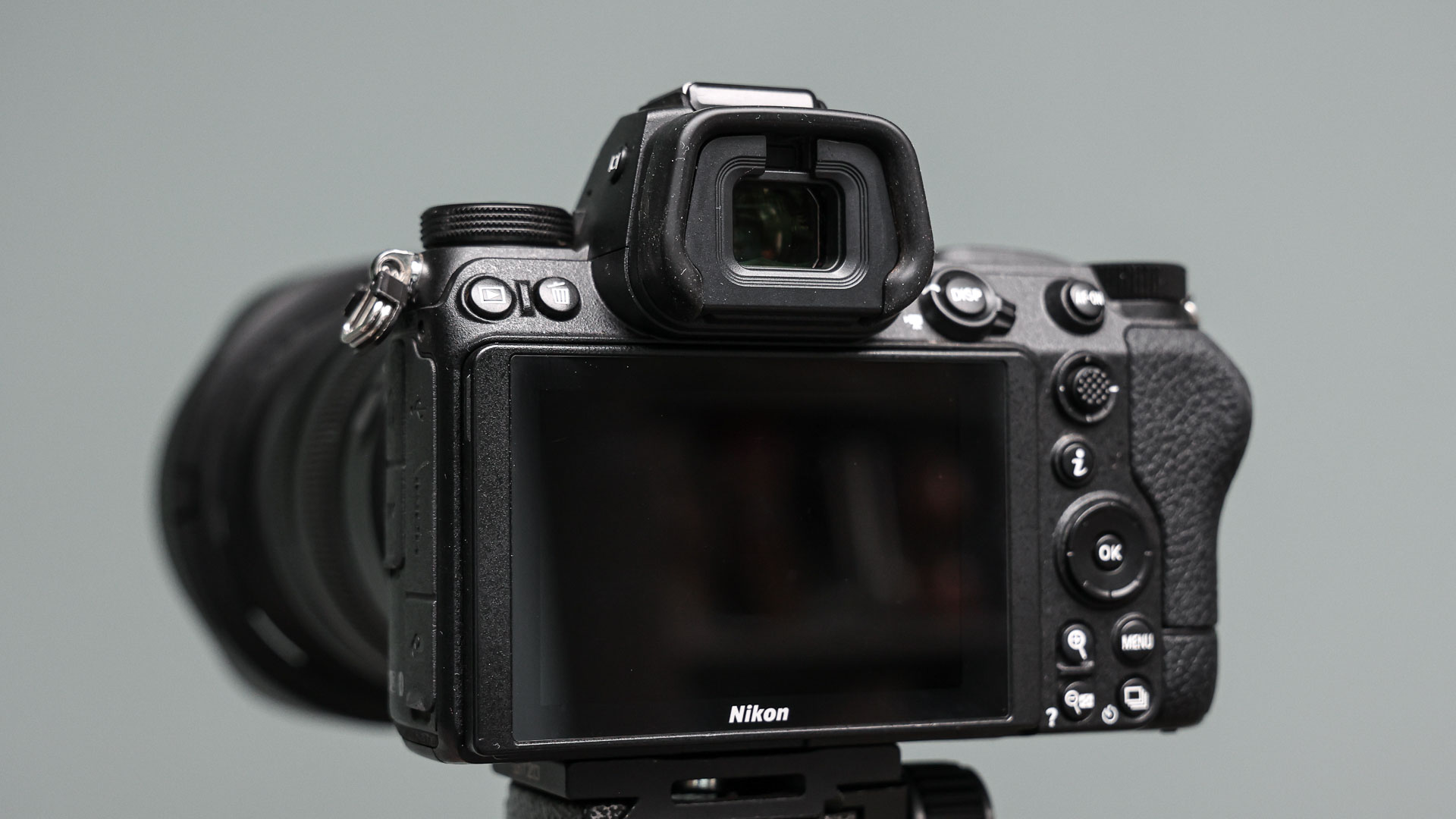
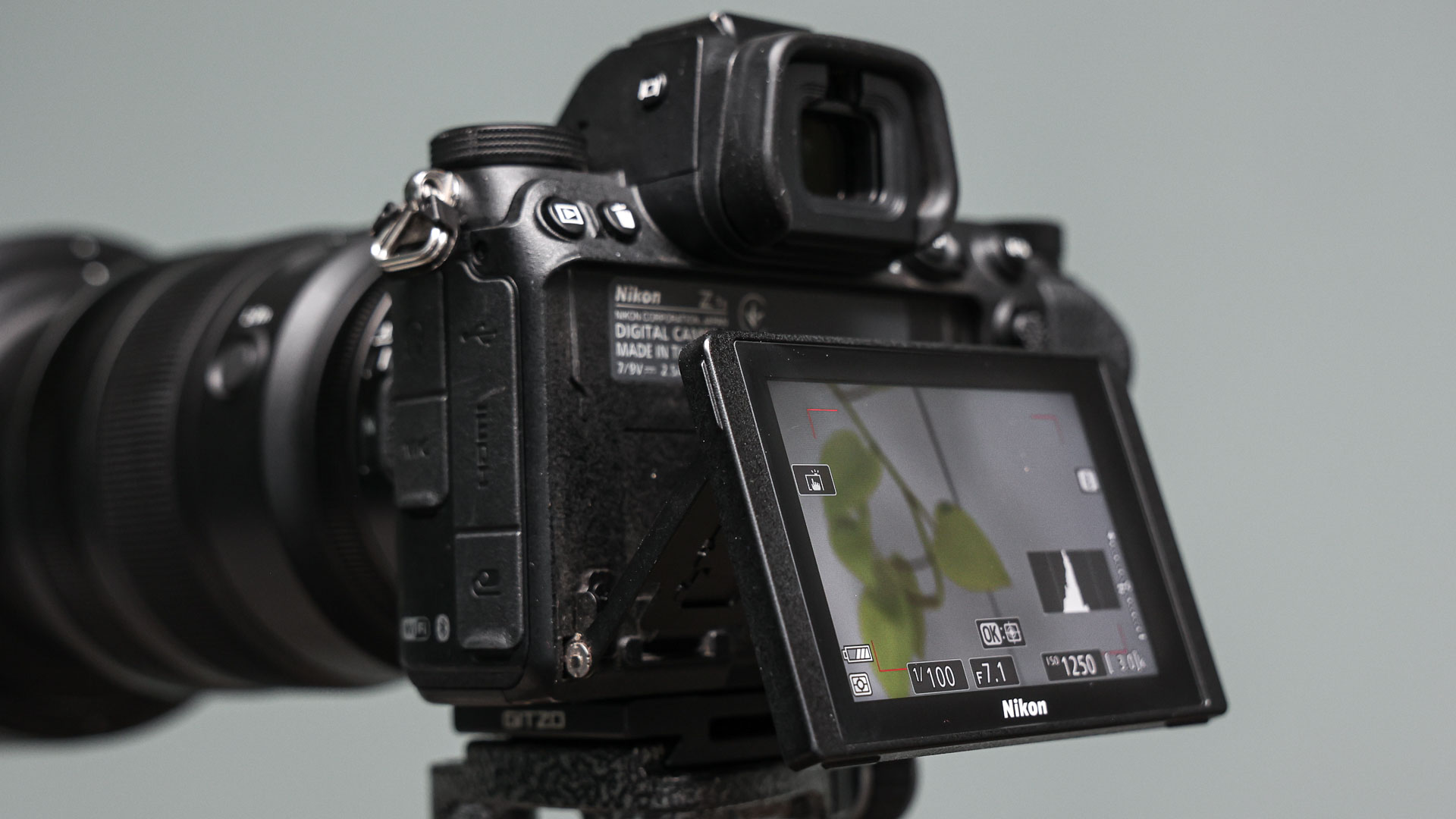
Specifications
Reasons to buy
Reasons to avoid
✅ You shoot different styles: This camera excels at shooting many different styles of photography thanks to its detailed sensor and processing power.
❌ You're only shooting astro: The 45.7MP sensor would likely be too much if you only shoot astrophotography, and there are cheaper models out there that will be more suited.
🔎 Nikon Z7 II Combines power, speed and precision with a simple interface and organized button layout in an attempt to master all trades — although it would be overkill for just astrophotography. ★★★★½
The Nikon Z7 II's predecessor, the Z6 II, is an excellent camera — and indeed you'll find it a little further down our list of best cameras for low-light photography. But thanks to a few key benefits that we highlighted in our Nikon Z7 II review, like dual memory card slots, more megapixels and better image quality, we think the Nikon Z7 II is hands-down the best camera for low-light photography currently on the market.
The noise level in high ISO shots is superb. In fact, we couldn't notice any noise until at least ISO2500. The camera's exposure preview, too, makes it incredibly easy to set up a shot in low light — it's one of the best we've used, in fact.
It's not just these low-light features that make the Z7 II such a great camera. It's a fantastic piece of kit all-round, whatever type of photography you're shooting. Things like its two memory card slots is a big plus, for example, especially for pros. It lets you decide which card to store your photos on or, if you're worried about losing your images, you can set it to back up every shot automatically. It's unlikely your card will get corrupted, but it only needs to happen once for you to lose your work.
The Nikon Z7 II also sports almost double the megapixels as the Nikon Z6 II: its sensor packs in 45.7MP instead of 24.5MP. That's a mind-blowing resolution, perfect for photographers who are creating extra-large prints or want the ability to heavily crop in post-processing. For wildlife photographers in particular, it's a huge benefit.
- Read our full Nikon Z7 II review
Attributes | Notes |
|---|---|
Design | Weather sealing protects it from the elements. |
Performance | High ISO image noise is fantastic. |
Functionality | Plenty of customization. |
Best DSLR
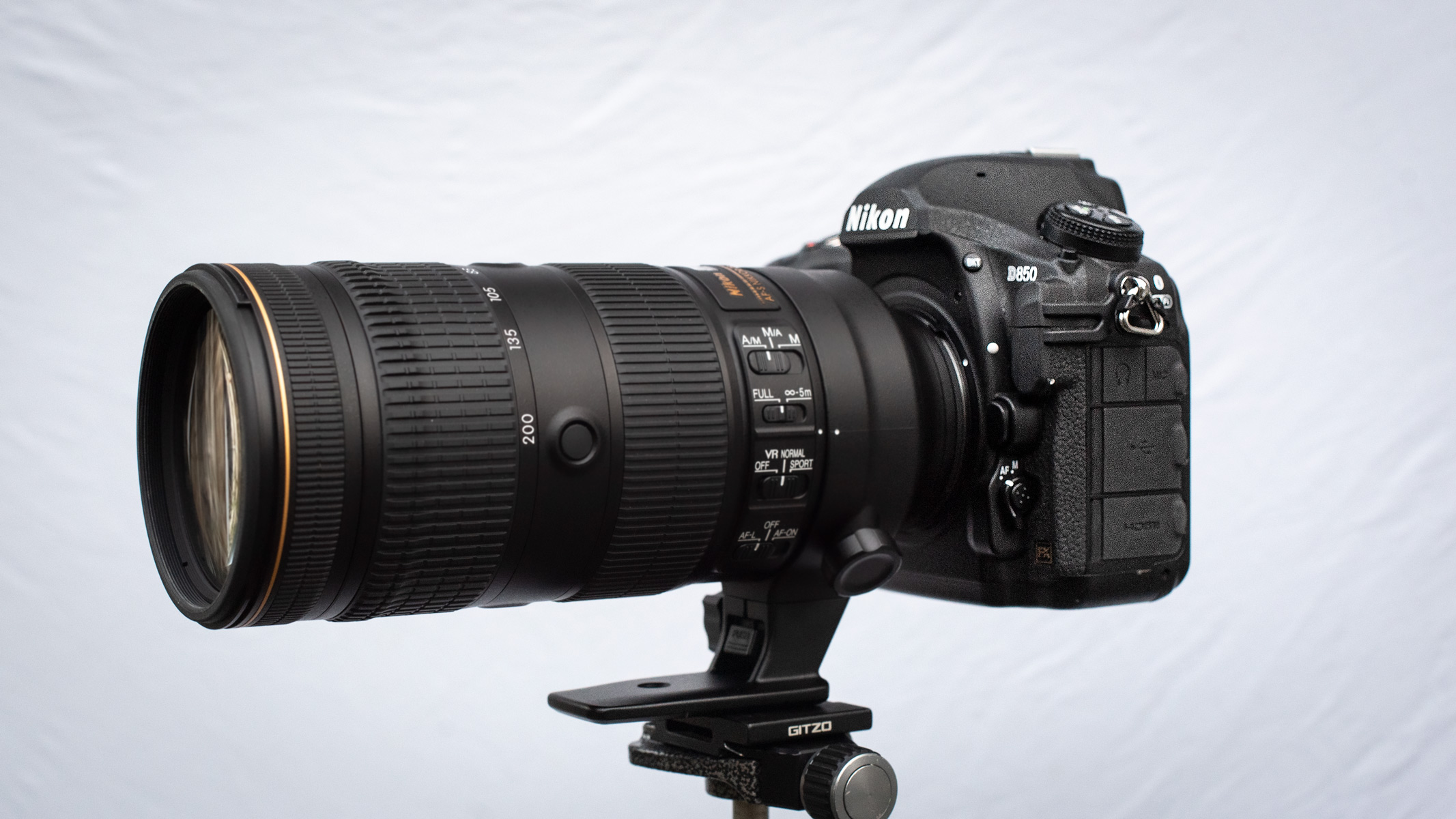
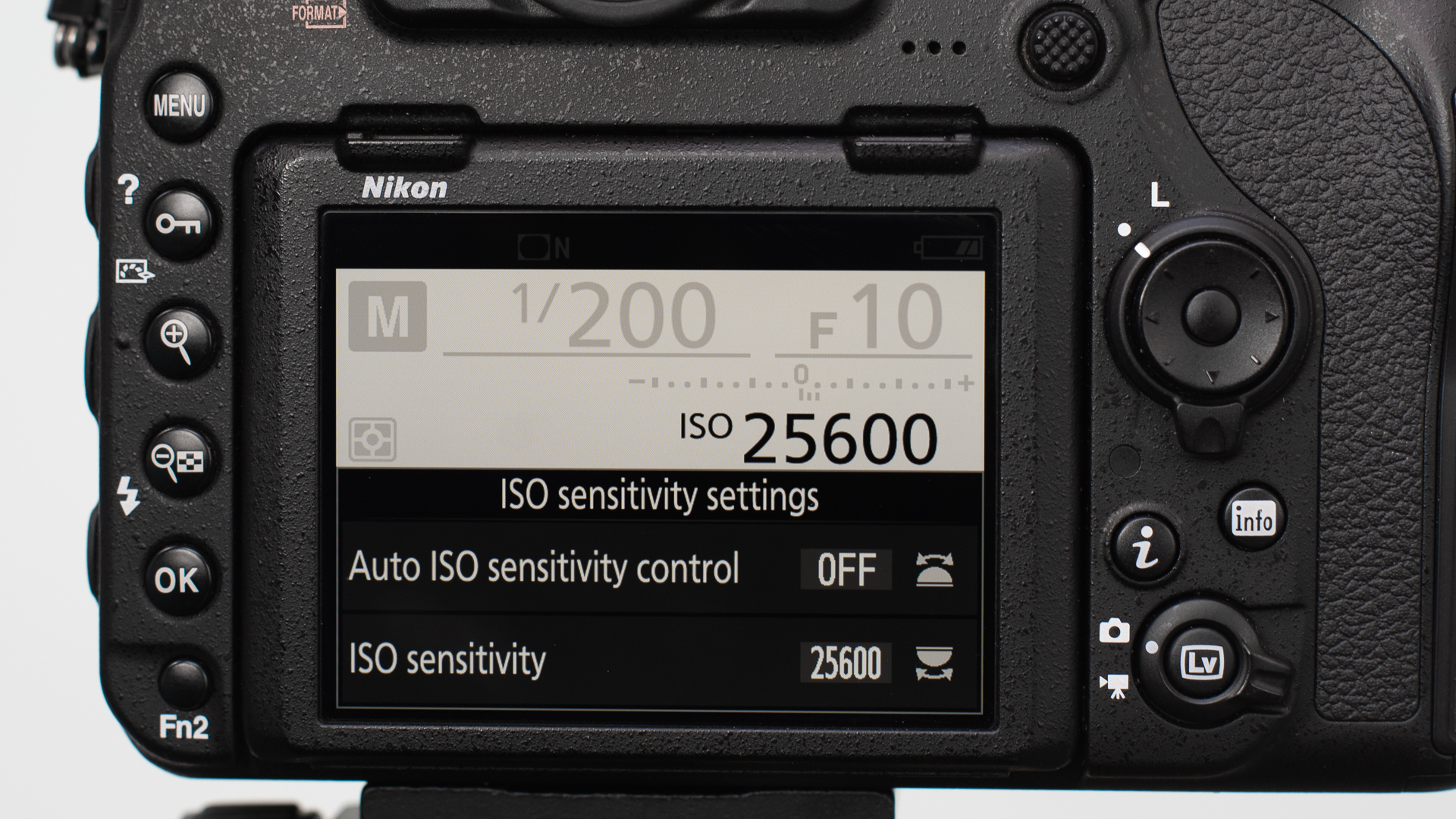
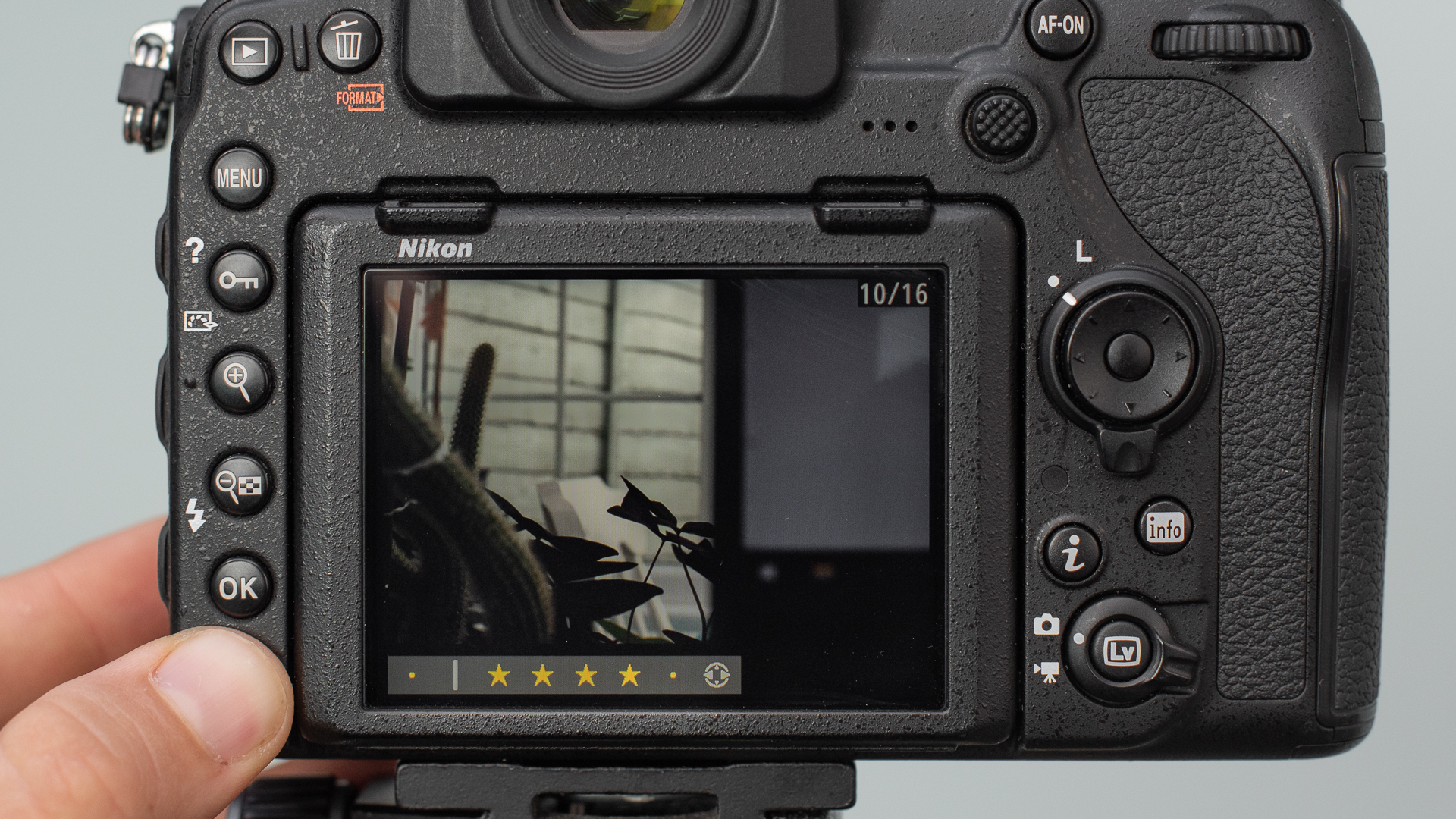
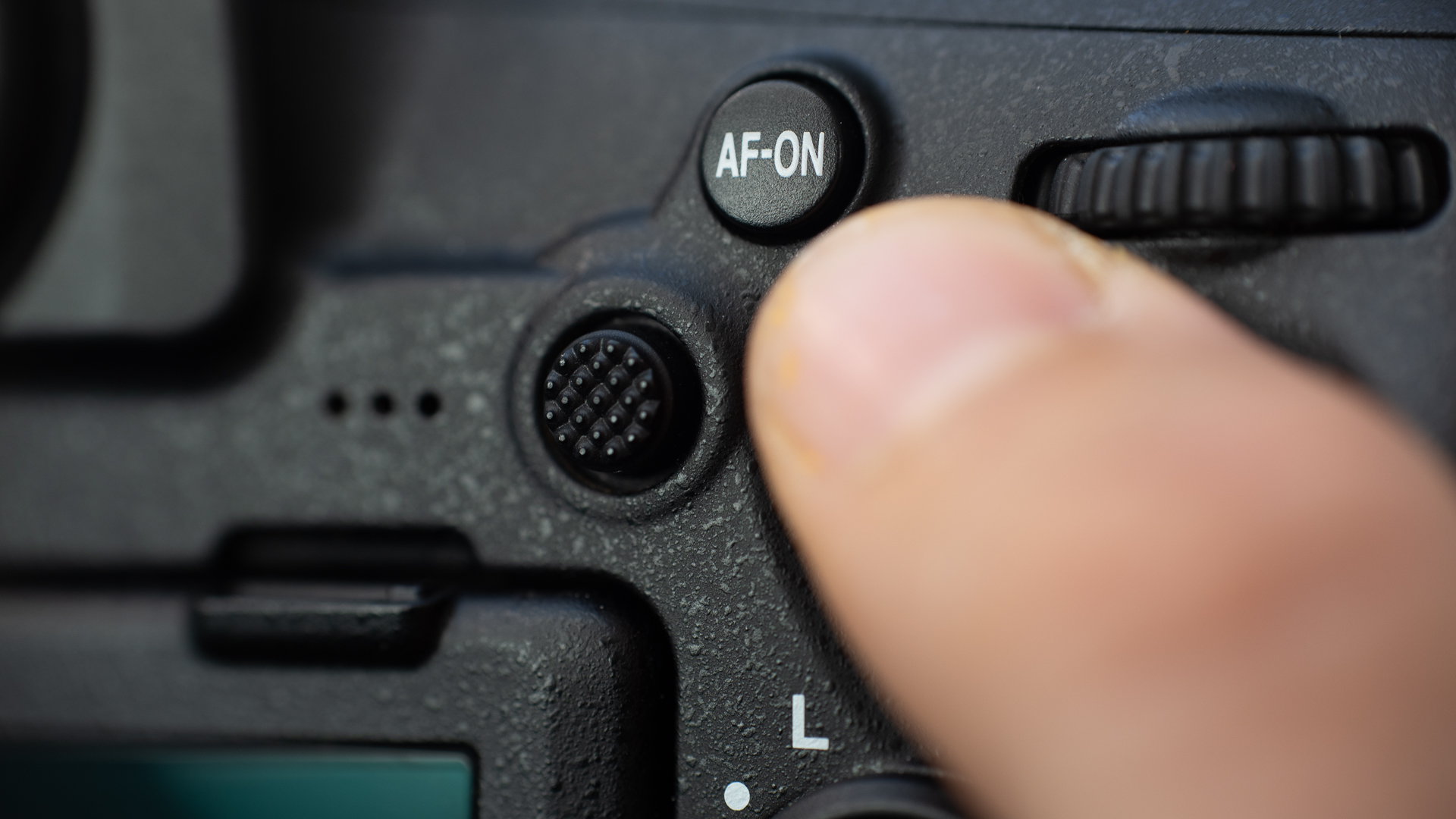
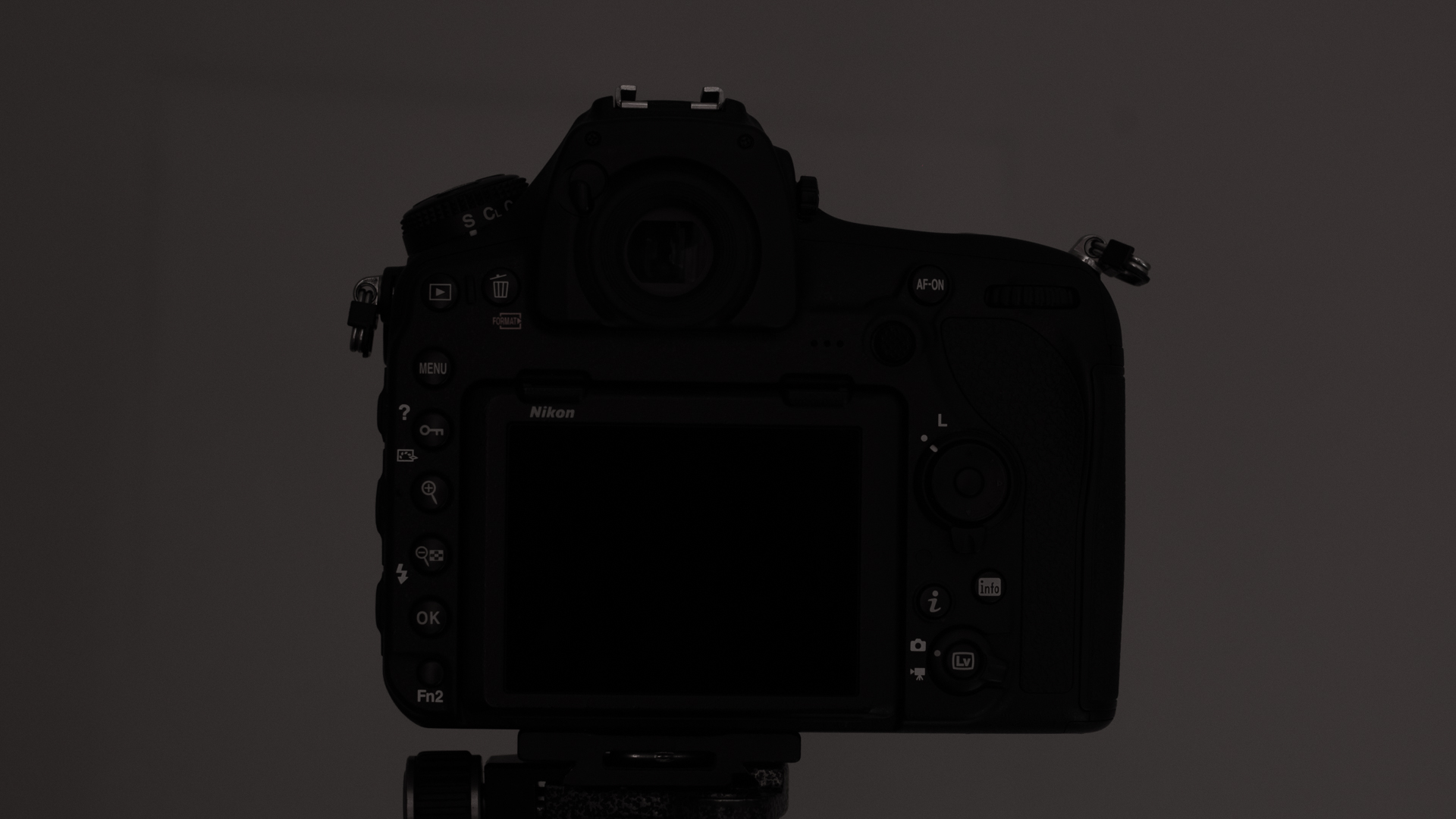
Specifications
Reasons to buy
Reasons to avoid
✅ You're a pro looking for a second camera: Produces high-resolution images without breaking the bank, and it's just about the best DSLR for professional use.
❌ You want something that's future-proofed: DSLRs are gradually being phased out, so there won't be any newer versions or lenses released as most companies are now focusing on mirrorless models.
🔎 Nikon D850 A 45.4MP beast, the Nikon D850 will capture every single star you can possibly see and then some, thanks to its wide ISO range — although DSLRs are being phased out in favor of mirrorless models. ★★★★½
Nikon D850 is a model that shows, despite the rise of mirrorless cameras, there's still plenty of life in DSLR. It's a fantastic choice if you're looking for one of the best cameras for low-light photography. In our Nikon D850 review we called it one of the best you can buy, and if shooting the stars is what you're wanting it for, it's an absolute master for astrophotography.
The Nikon D850 is a tough beast: it's built with a magnesium alloy body that can survive most knocks while still being lightweight. Its weather-sealing makes it impervious to most weather conditions too, so don't let shooting in the rain put you off. Its advanced features make it appealing to professionals, but even if you're more of an enthusiast, there's a lot to love about the D850. Its huge ISO range — going up to 102,400 — puts it at the top of its class, and its full-frame sensor and powerful EXPEED 5 processor handles noise very well.
If you're more interested in video than stills, this is a great choice for shooting video in low-light conditions too. It focuses excellently in dark environments (down to -4EV), making use of 153 focus points. A built-in feature called face-priority autofocus is wonderful if you're shooting portraits, practically eliminating the need to switch to manual focus. And its hot shoe and PC sync connector make hooking up external lighting solutions a cinch, if that's more your style.
The only downside to the D850 is that the camera itself doesn't have built-in image stabilization, something that you'll find in newer, similarly specced mirrorless cameras. It's not a total deal-breaker, though, as long as your lens has stabilization. And if you use an F-mount lens, you'll benefit from Nikon's Vibration Reduction feature, which stabilizes shots by up to 4.5 stops — something that's supremely helpful in low light, especially.
We do have to mention, however, that DSLR cameras are quickly being phased out in favor of mirrorless cameras, and this is one of only a handful still available on the market. If you're looking to purchase a Nikon camera for the first time, then, you might be better looking for a mirrorless model. But if you already have a collection of Nikon lenses and want an upgrade from, say, an entry level DSLR, the D850 is still worth considering: It may be a little old now, but it's still a very capable camera.
- Read our full Nikon D850 review
Attributes | Notes |
|---|---|
Design | Back illuminated buttons to help see in the dark. |
Performance | Good low light AF detection. |
Functionality | Huge stills resolution. |
Best hybrid model
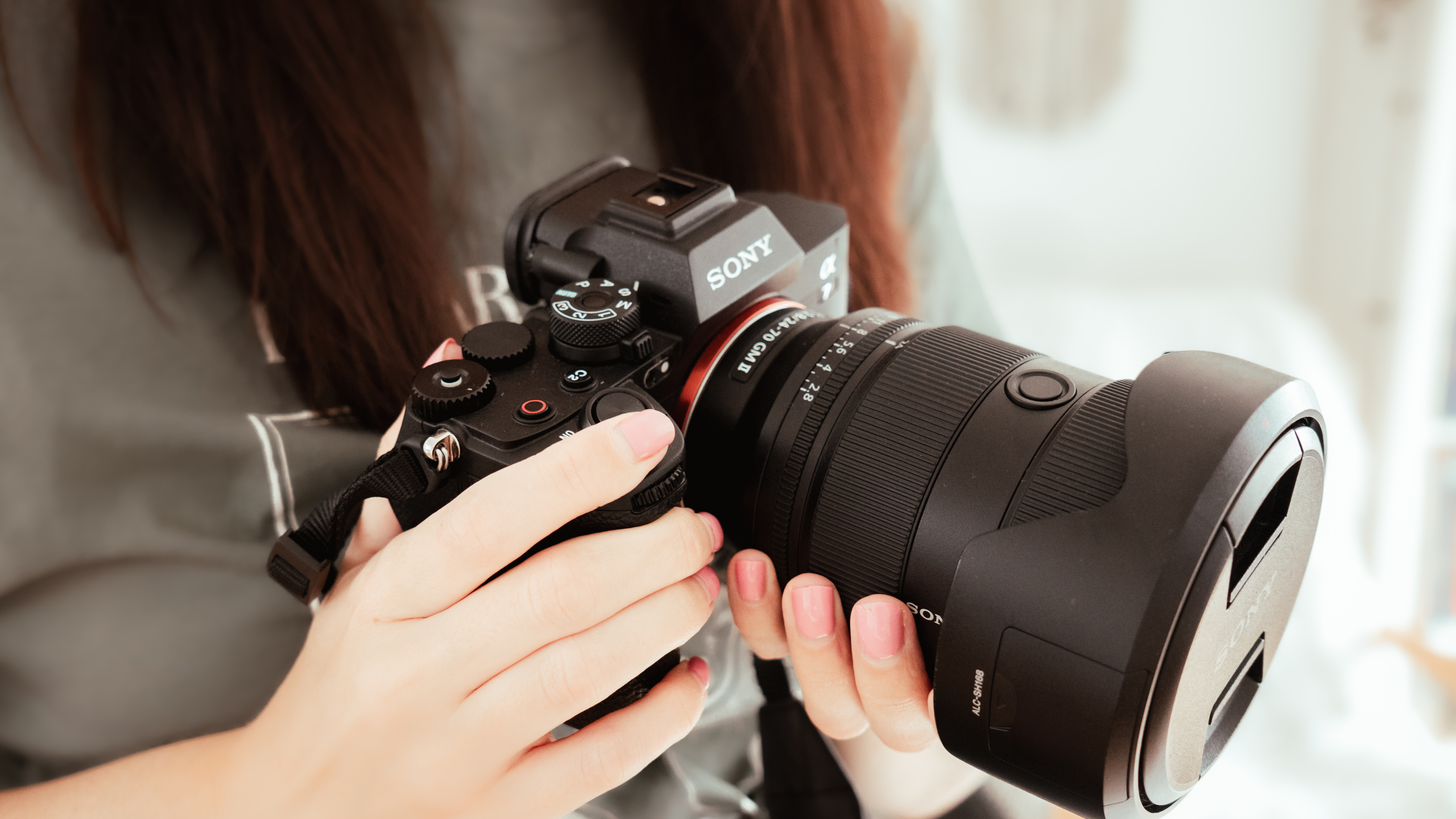
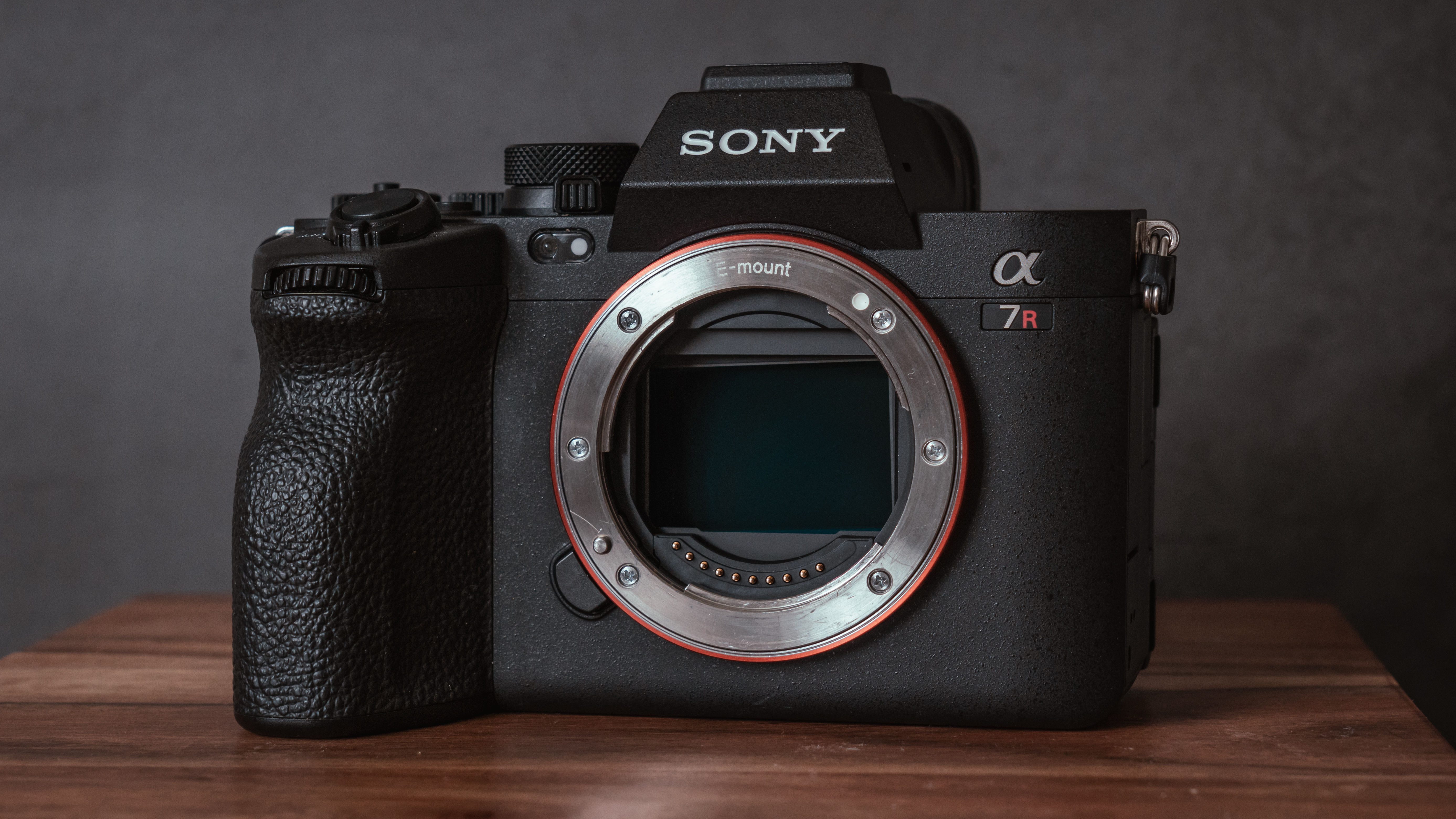
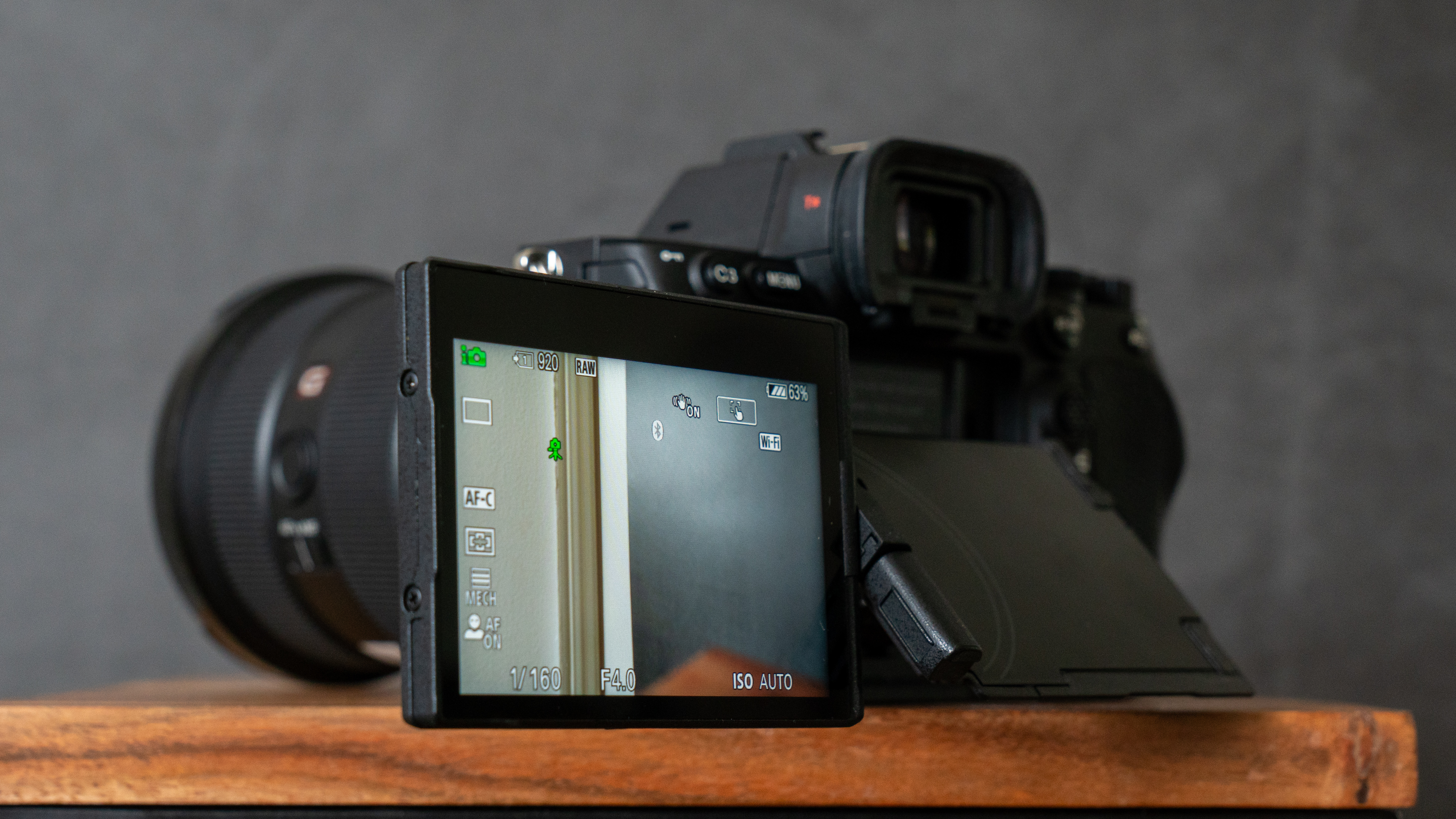
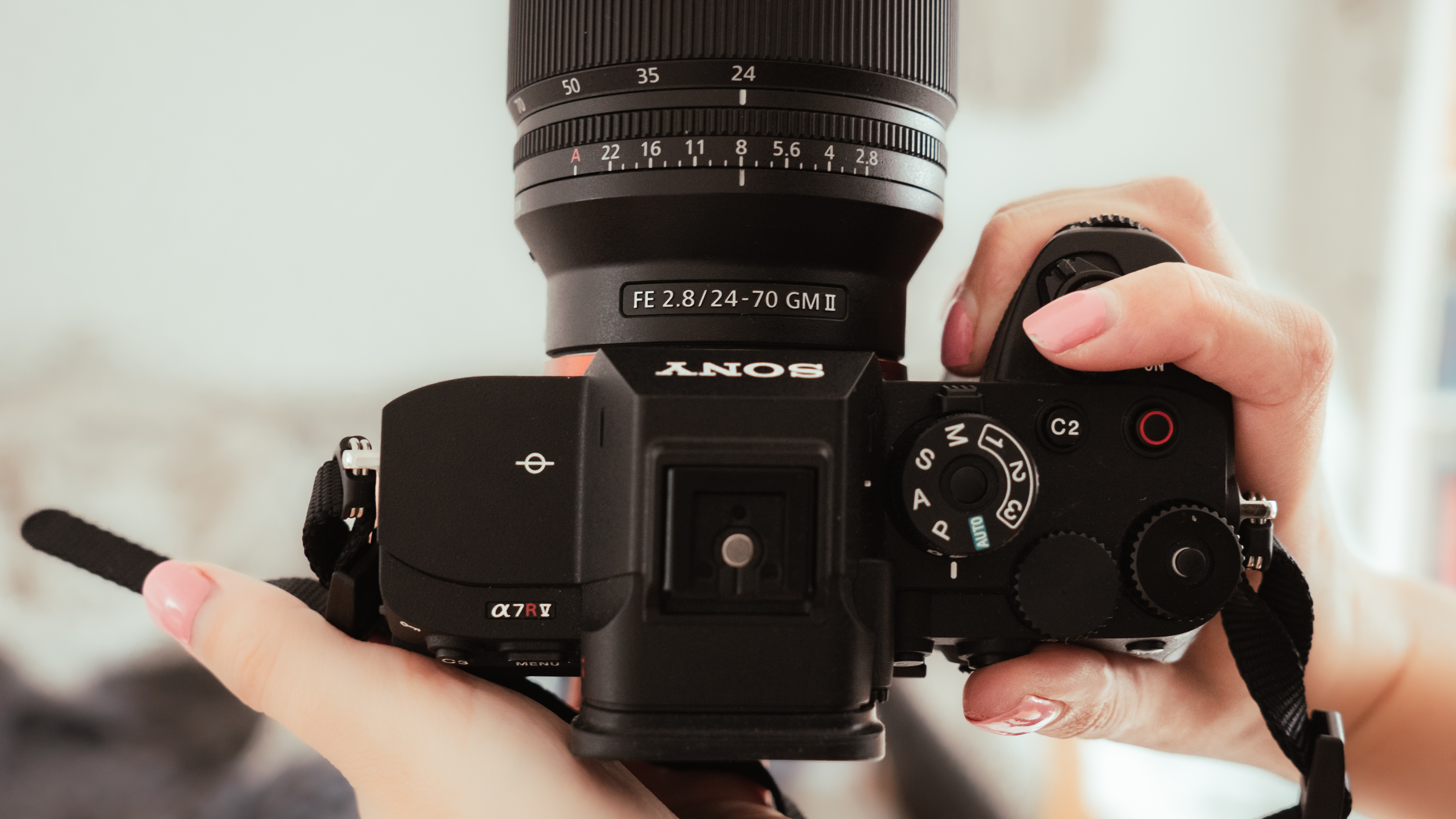
Specifications
Reasons to buy
Reasons to avoid
✅ You want insanely high resolution: Currently, this is the highest resolution full-frame camera thanks to its massive 61MP sensor.
✅ You want accurate autofocus: The AI-powered autofocus in this camera is nothing short of incredible.
❌ You're a beginner: Not because you wouldn't get on well with it, just because it would likely be overkill and you probably wouldn't need 61 megapixels.
❌ You only shoot astro: For practical reasons, we think the previous model, the Sony A7R IV, is slightly better for astro.
🔎 Sony A7R V: The Sony A7R V builds on the power of its predecessor with its higher resolution EVF and LCD screen, more stops of image stabilization and a new AI autofocus unit, it proves to be a fantastic contender for low-light photography. ★★★★½
The Sony A7R knocks most other cameras on this list out of the water when it comes to megapixel count: It boasts a huge 61MP resolution. That means it's capable of bringing out an incredible amount of detail, even darkly shadowed areas. It's not just great for stills-shooting, either — with the ability to shoot 8K video, it's an absolute beast of a camera whether you're a photographer or videographer.
Its predecessor, the Sony A7R IV, used to sit on this list, and while that's still a very capable camera (and often available notably cheaper), the upgrades made to the A7R V mean it's a much better purchase in just about every way. A prime example is image stabilization: In our Sony A7R V review, we found the improved image stabilization (8 stops, compared to the A7R IV's 5.5 stops), made a huge difference when shooting cityscapes in low light. We were able to shoot handheld at 1/3 of a second at ISO 100 to get light trails from cars, and the image was pin-sharp and in focus.
This, coupled with the newer AI-powered autofocus found in Sony's newer cameras (and not in the A7R IV), make it an absolute powerhouse for low-light photography — whether that be shooting indoors, low-light portraiture or nighttime cityscapes.
The LCD screen on the A7R V has also had a big facelift — they've made it much more functional and bigger (from 3-inches tilt-only to 3.2-inches tilting and fully articulating) and it's a lot more detailed, upping the resolution from 1.44M to 2.1M dots. The EVF has also been improved from 5.76M to a whopping 9.44M dots (the same resolution as the A1), which makes viewing and composing your shots in the dark much easier.
That said, for astro specifically, we'd still recommend the Sony A7R IV for more practical reasons, and it's still in our best cameras for astrophotography guide. The new AI autofocus in the A7R V is undoubtedly impressive, but not only is it not necessary if you're only shooting astro, but it also drains the battery quicker, which isn't ideal for anyone embarking on long nights of astro shooting. Astro shooters also won't need the additional stops of image stabilization, so for the sake of the same resolution and very similar handling, we'd advise you to save the extra few hundred dollars and opt for the A7R IV if you focus more on astro.
- Read our full Sony A7R V review
- Read our full Sony A7R IV review
Attributes | Notes |
|---|---|
Design | New design improvements make low light shooting easier. |
Performance | Excellent in low light. |
Functionality | 8 stops of image stabilization and new AI autofocus. |
Best for intermediates
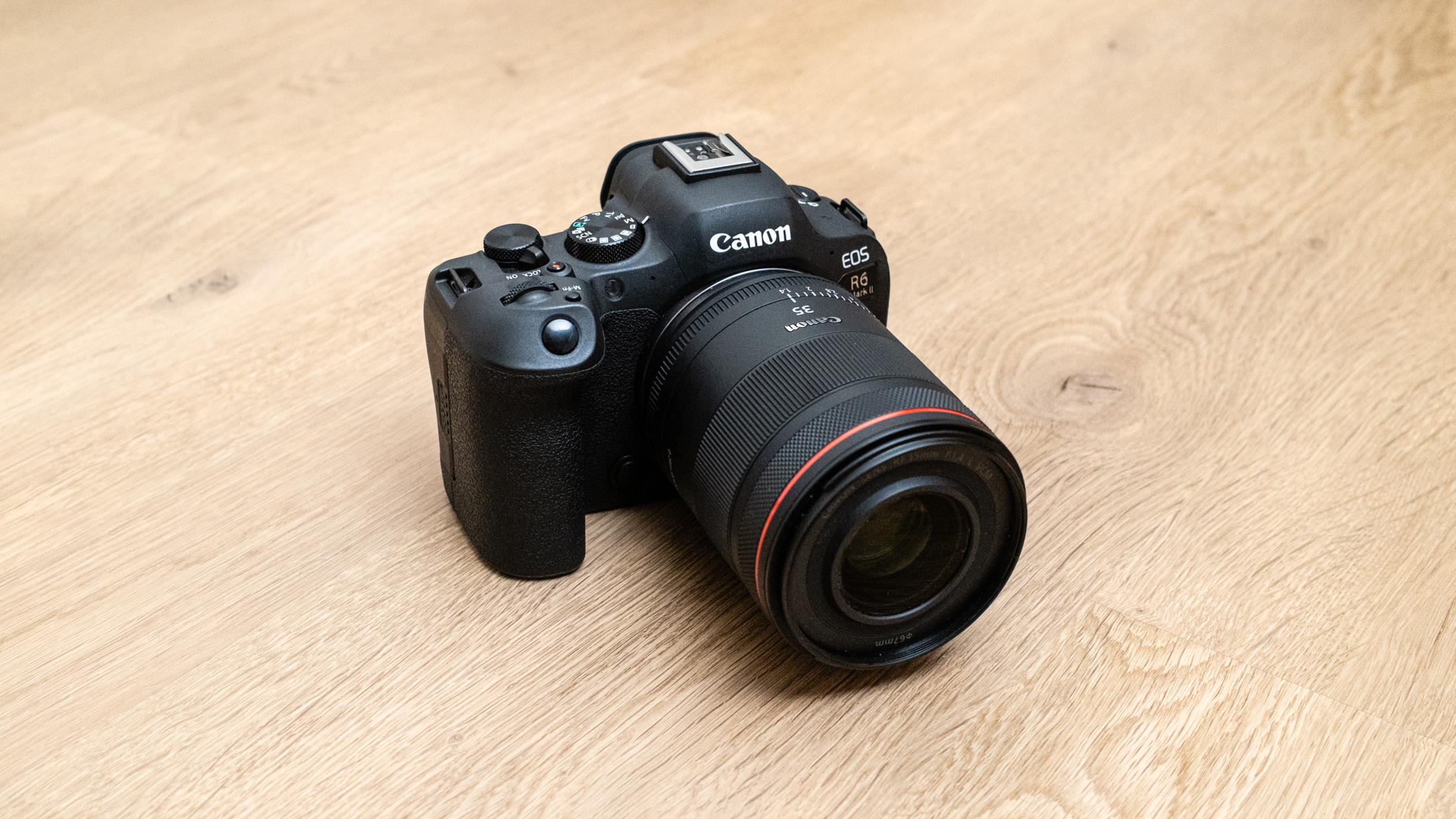
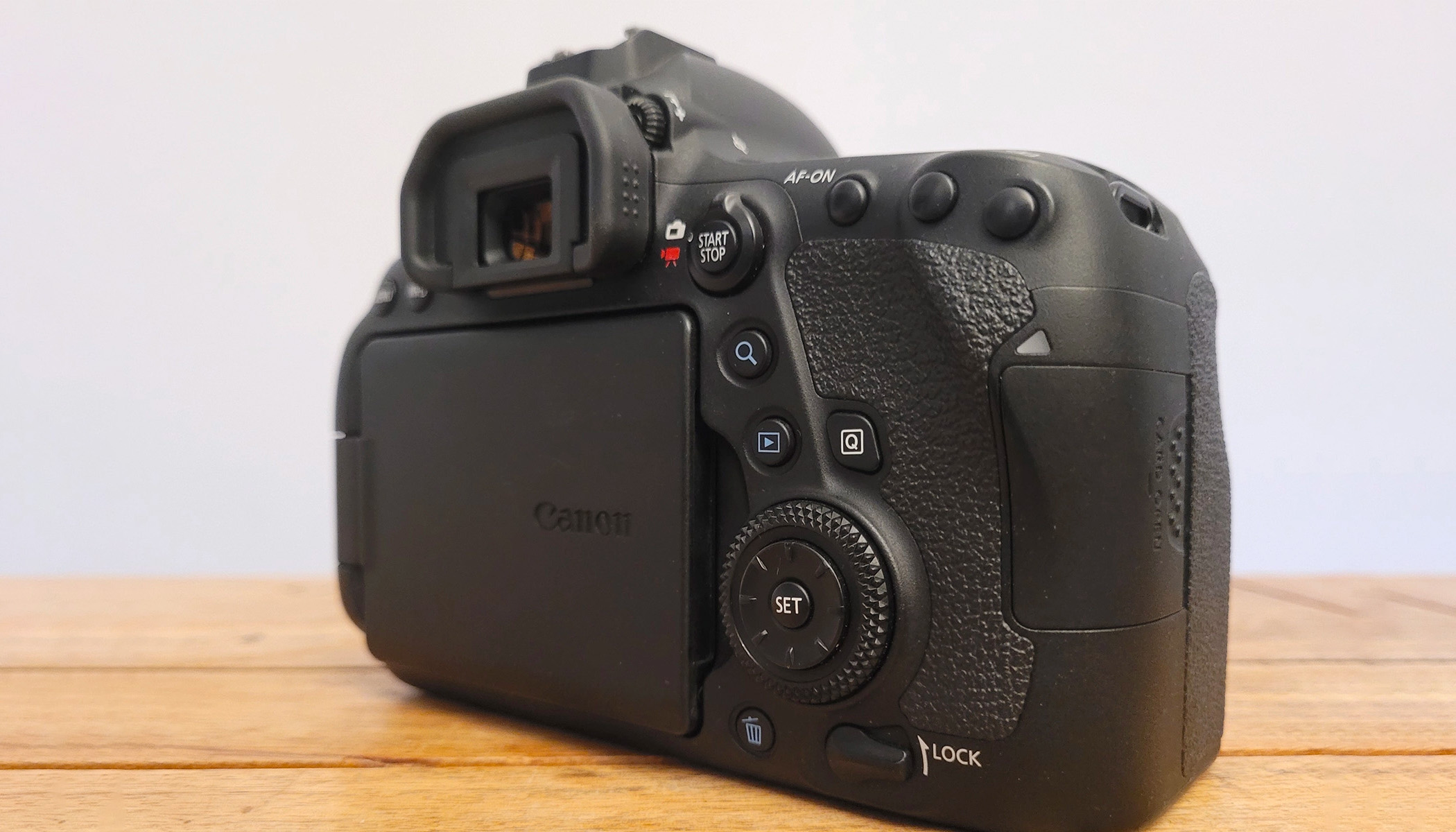
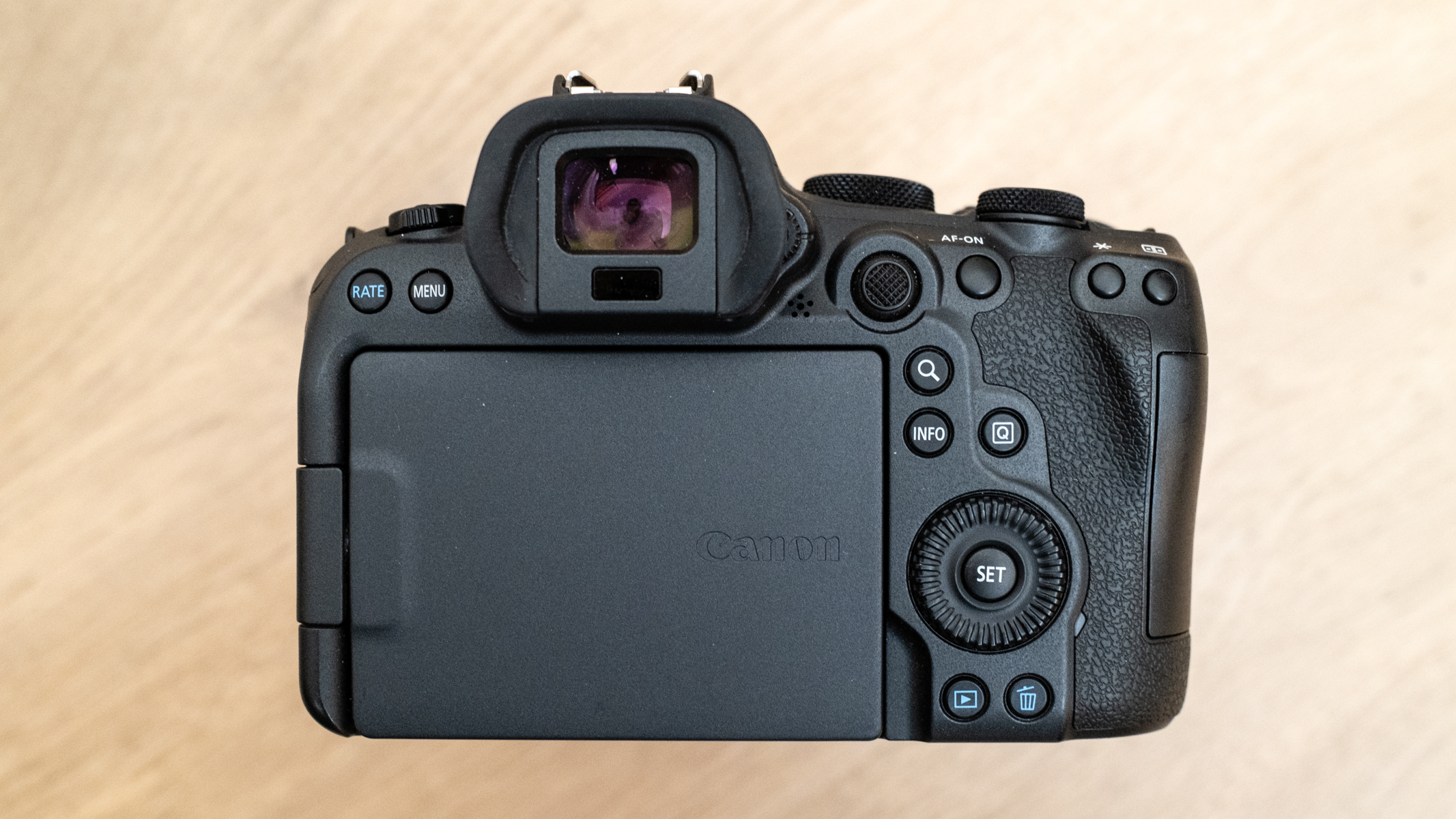
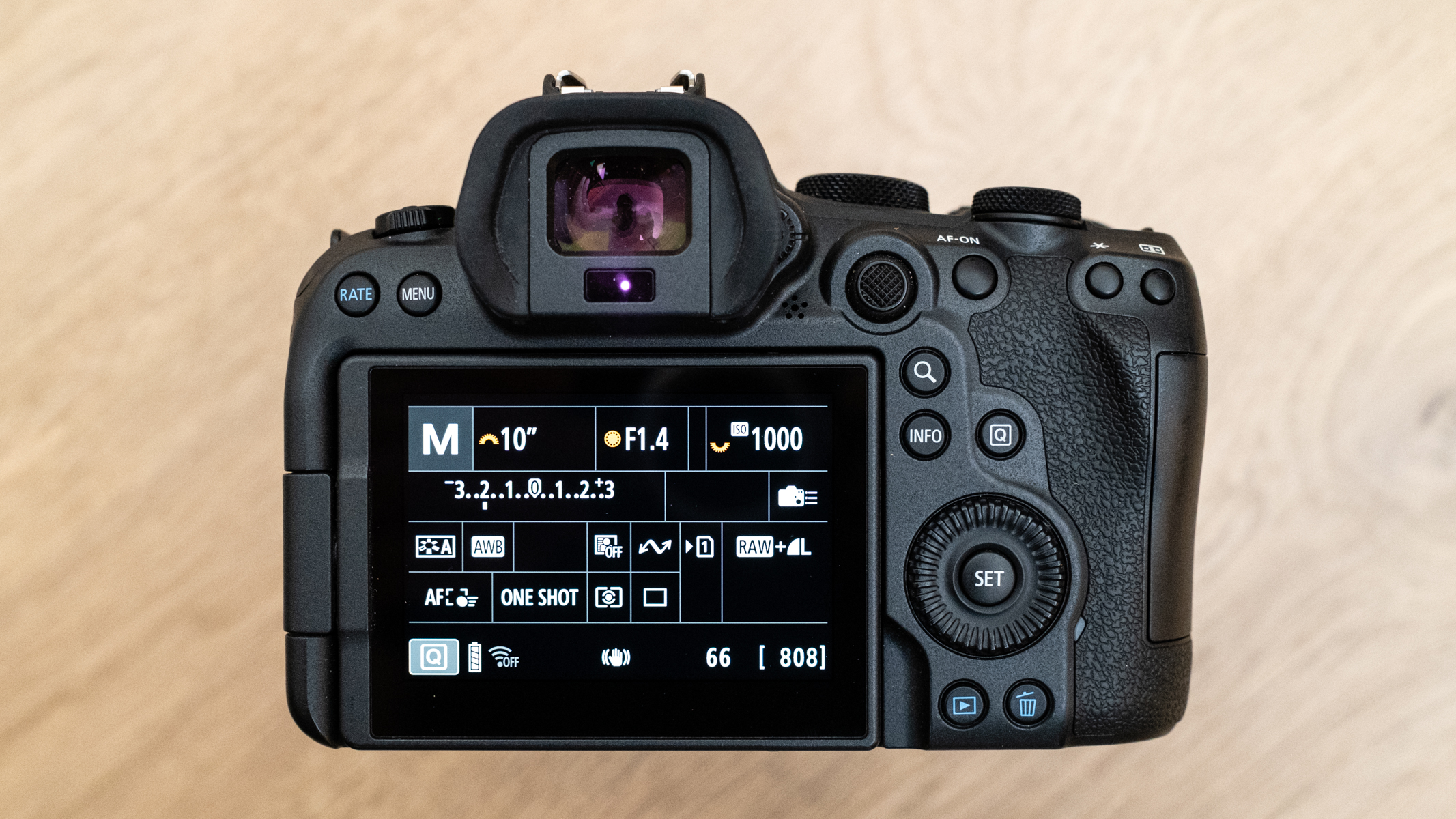
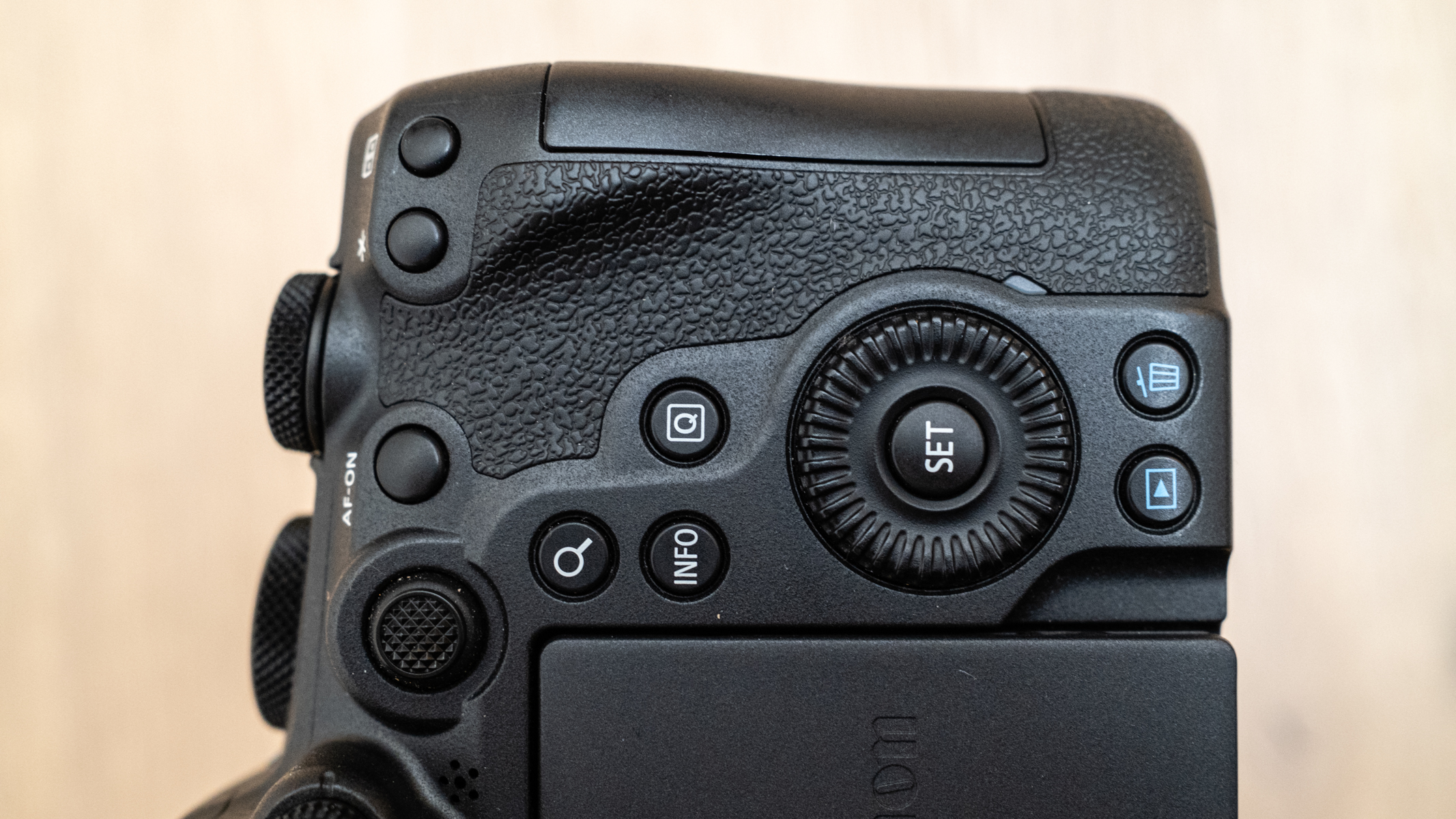
Specifications
Reasons to buy
Reasons to avoid
✅ You want a powerful but affordable camera: The R6 Mark II offers excellent image and video quality, both in normal and low-light conditions.
✅ You want plenty of shooting time: Compared to the previous model, the Canon EOS R6 Mark II has a much better battery life.
❌ You want ultra-high resolution: As excellent as this camera's image quality is, the pricier R5 and R5 Mark II have much higher resolutions.
🔎 Canon EOS R6 Mark II: This fairly-priced mirrorless camera is packed with features and offers superb still and image performance, especially in low light. ★★★★★
The Canon EOS R6 Mark II is a marked improvement on the Mark I, and not just because it has a higher 24.2MP resolution. It also boasts a much improved battery life, and offers the performance and quality you'd expect from a Canon camera at an affordable price.
It's not 100% waterproof but it is moisture and dust sealed, which offers a welcome level of protection. It's comfortable to hold, ruggedly built but still compact enough to slip into a camera bag.
In our Canon EOS R6 Mark II review we called it "Undoubtedly one of the best Canon cameras available for astrophotography." It has excellent high ISO handling and we got extremely clean results, right up to ISO 1600,
As far as battery life goes, we got 760 shots per charge, and you can also charge the R6 Mark II while shooting. While you may be using it with a tripod, its excellent image stabilization ensures it's every bit as handy handheld.
There are more expensive and cheaper R models available, but for intermediates, this is a superb low-light capable camera.
- Read our full Canon EOS R6 Mark II review
Attributes | Notes |
|---|---|
Design | Relatively compact but well built. |
Performance | Excellent image quality and low light performance. |
Functionality | Feature-packed, easy to access frequent options. |
Best for low light video recording
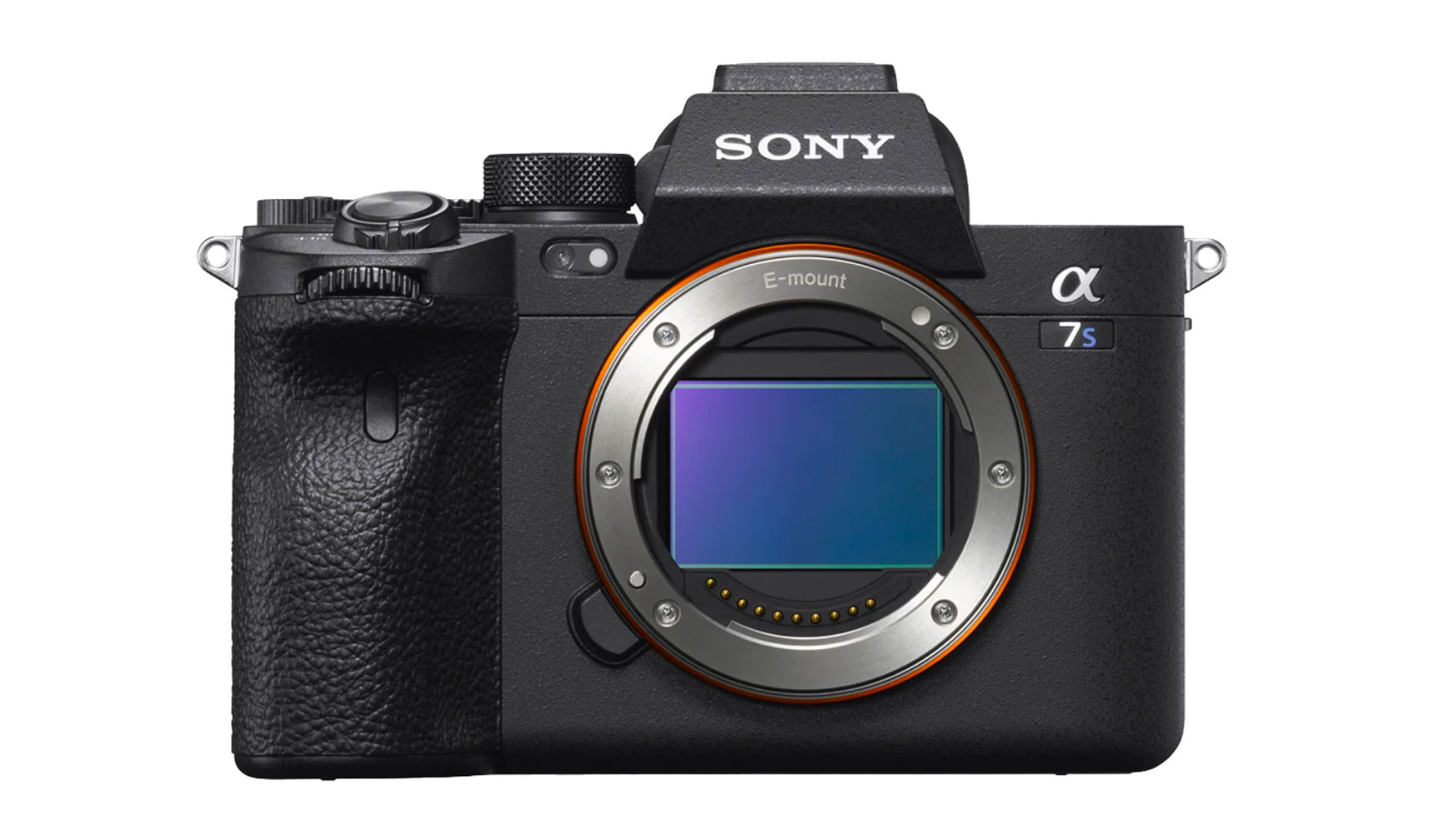
Sony a7S III
Our expert review:
Specifications
Reasons to buy
Reasons to avoid
✅ You shoot a lot of astro/low light: This camera has an insanely high expanded maximum ISO, making those low-light images much more achievable.
❌ You're on a budget: Full-frame cameras are rarely ever cheap, and this is no exception.
❌ You don't shoot video: This camera doesn't claim to be a still-only camera, so if you're only taking photos with it, it is quite expensive.
🔎 Sony a7S III This camera excels in low light situations, especially for video recording. Though it is fairly expensive if you don't shoot any video, and there are better cameras for less money ★★★★
Released in 2020, the Sony a7S III supersedes the Sony a7 III, packing in the same great features into a smaller, more compact body. This is a powerful camera for shooting stills, but it's video where it truly shines. It's capable of shooting 4K at 120FPS, making it ideal for super slow-motion shots. Additionally, its 16-bit RAW HDMI output makes it perfect for professional workflows.
In terms of its low light performance, the Sony a7S III knocks it out of the park with its expandable ISO range going all the way up to 409,600. Add to that the a7S III's hybrid autofocusing technology, which works all the way down to -6EV, makes focusing in even the darkest of situations possible.
One potential downside for photographers is the relatively low megapixel count: 12.1MP — although this won't be an issue if you shoot video. But if you plan to use this camera for still photography as well, it's something to keep in mind. Compared to competing cameras like the Sony a7S III, it has a lower resolution, so if you often crop heavily or print large photos, it may not be the best choice for you.
It's not all bad news, though. A low megapixel count means that your images will have less noise in them when you're using a high ISO, which means it's actually often helpful for astrophotographers in particular. In addition, the in-body image stabilization of the a7S III means your low-light shots will be sharper/
We do love the Sony a7S III's 15-stop dynamic range, which captures a fantastic amount of data and extreme contrasts in scenes, whether you're shooting images or video. It means you can push your work that bit more than usual in post-processing, and get some truly stunning results.
- Have a look at our Best mirrorless cameras guide for alternative mirrorless models
Attributes | Notes |
|---|---|
Design | Compact yet powerful. |
Performance | Best ISO handling in its class. |
Functionality | Low resolution stills compared to others. |
Best for beginners
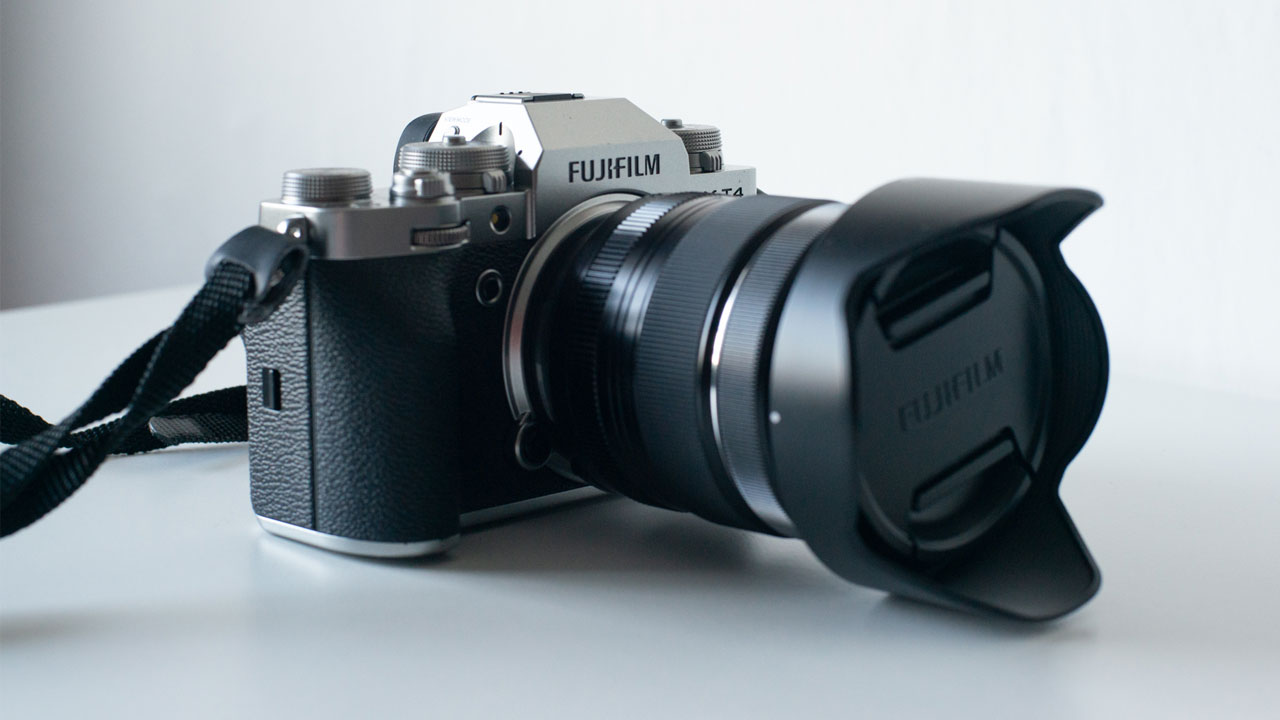
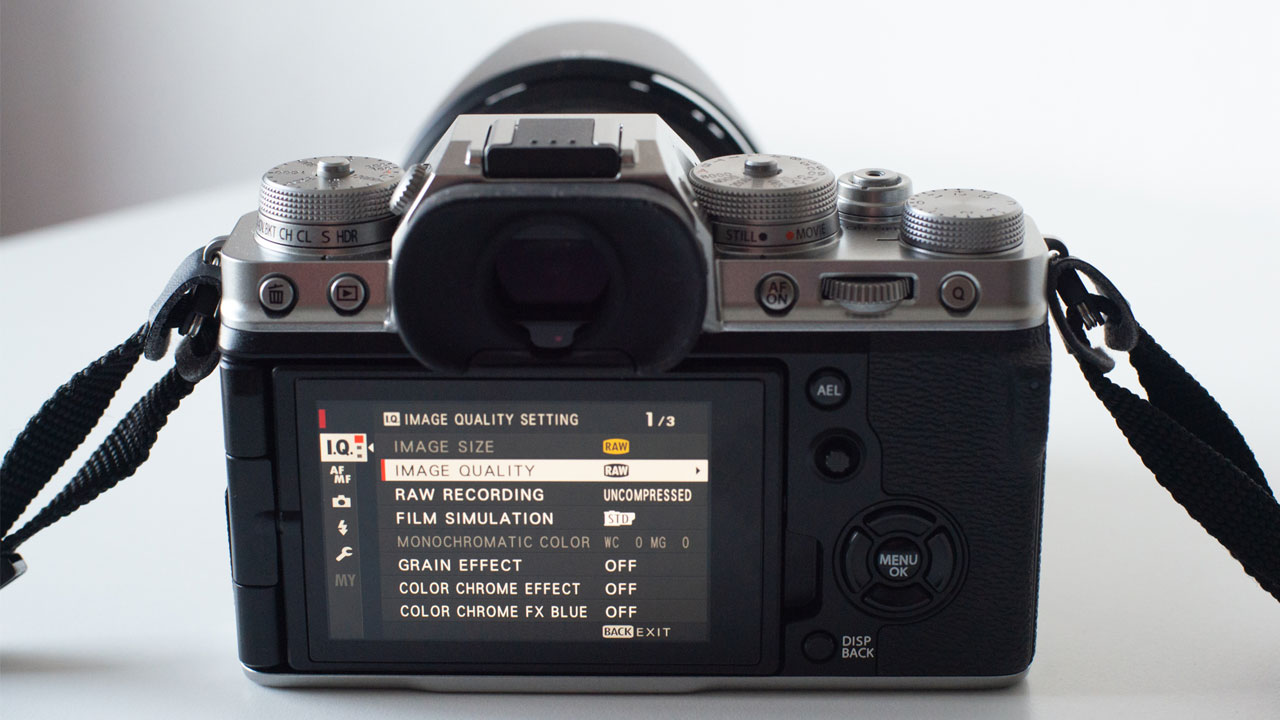
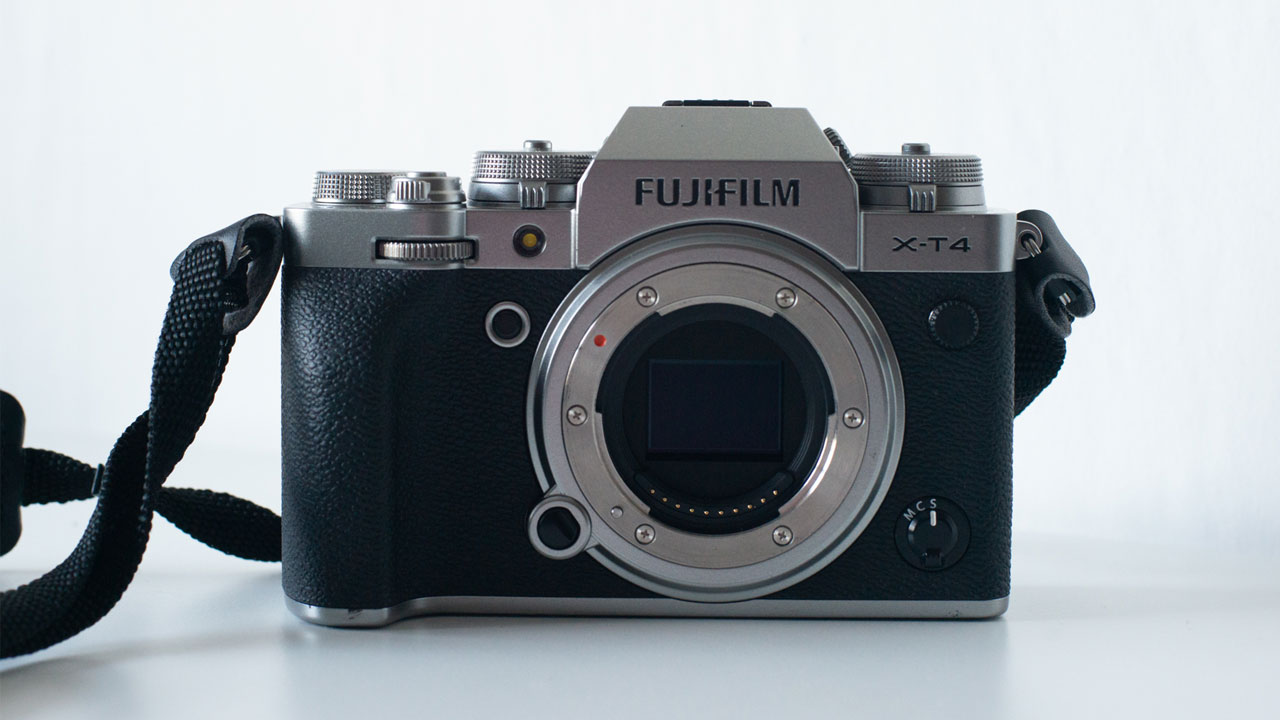
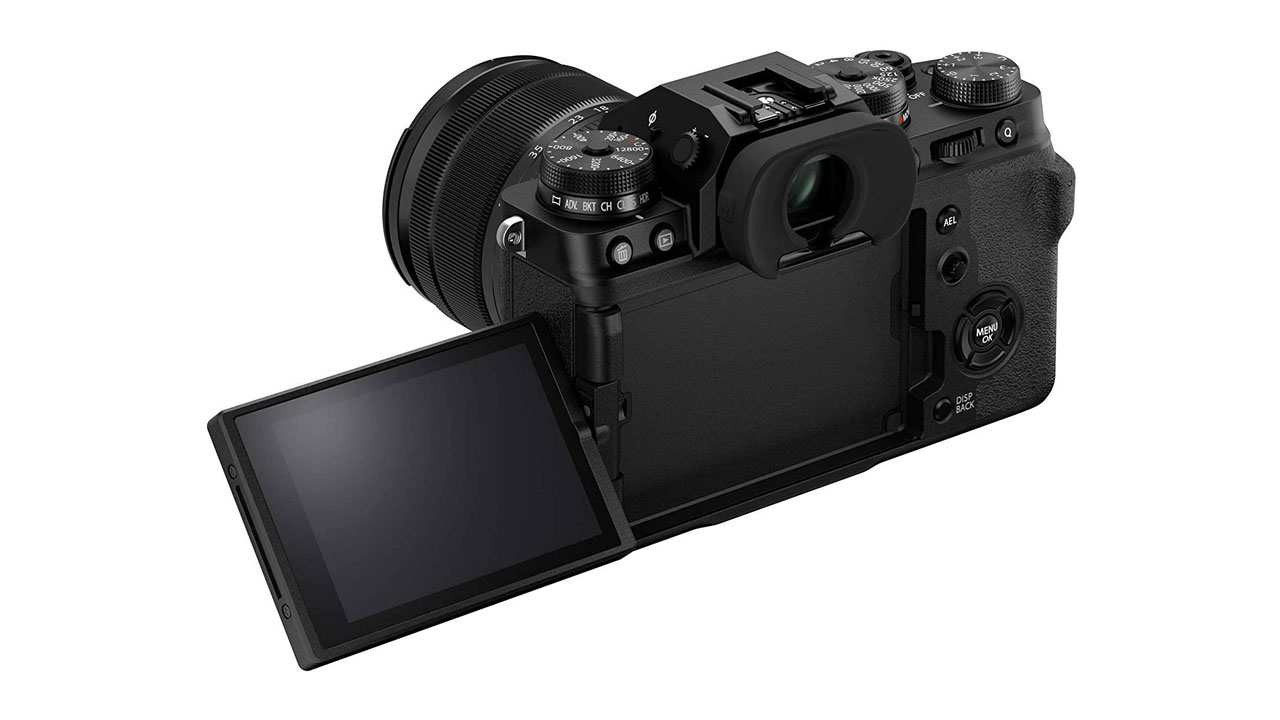
Specifications
Reasons to buy
Reasons to avoid
✅ You're upgrading: If you're upgrading from your beginner camera or from an old DSLR then this would be a great option.
❌ You're on a budget: While it isn't the most expensive camera by any means, there are certainly cheaper options available.
🔎 Fujifilm X-T4 Offers a simplified digital experience, coupled with a solid build and features like the insanely high ISO and the articulating screen that make astro and night photography easier to achieve. ★★★★
If you're new to astrophotography, the Fujifilm X-T4 is a great choice: It's easy to get to grips with and does an impressive job of shooting in low light. Features like its vari-angle screen and its intuitive dial controls means setting up the perfect shot is easy to do even if it's dark.
Of course, its innards are just as impressive. Despite this having an APS-C sensor, it's still more than capable of delivering beautiful images of seriously high quality. With a 26.1MP resolution, you've got more than enough to capture a stunning amount of detail in each frame. And there are plenty of X-mount lenses on the market, giving you a large choice to play around and experiment with.
We particularly love the classic and timeless design of the X-T4, and it's rare to find such versatility and performance in a camera that has such considered aesthetics: It's the perfect balance between design and performance.
In our Fujifilm X-T4 review, however, we came across one problem that's worth keeping in mind if you're mostly going to be shooting at night. Its NP-W235 battery has been rated for around 500 shots per charge, but we noticed it drains much faster when taking long exposures in low light situations. You'll likely still have enough charge for a long shooting session, but just make sure it's fully charged before heading out.
The X-T4 has been succeeded by the Fujifilm X-T5, but we think the X-T4 is still a better low-light performer.
- Read our full Fujifilm X-T4 review
- Read our full Fujifilm X-T5 review
Attributes | Notes |
|---|---|
Design | Reminiscent of retro film cameras. |
Performance | Impressive ISO capabilities. |
Functionality | Good in-body stabilization. |
Best compact option
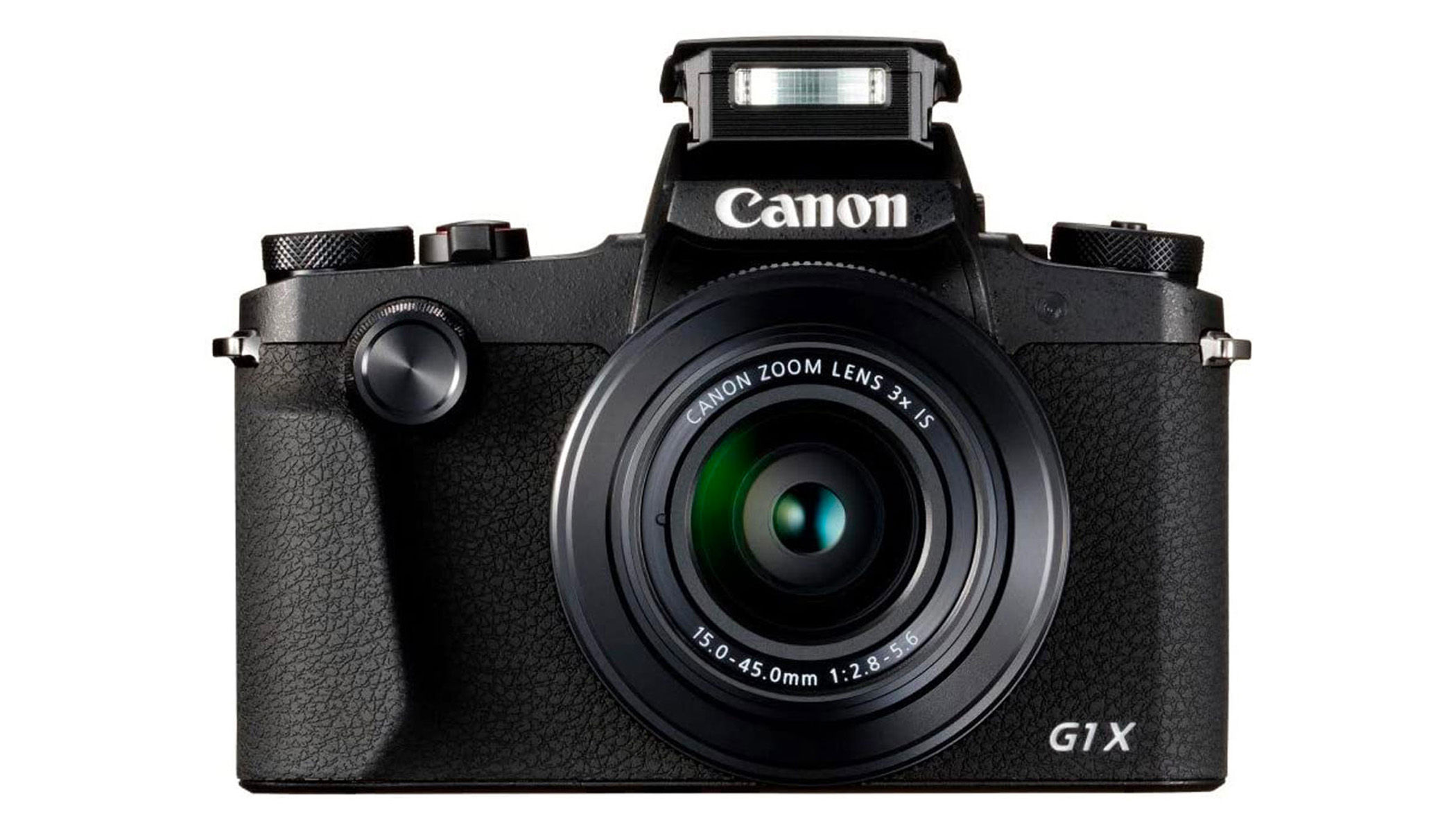
Canon PowerShot G1 X Mark III
Our expert review:
Specifications
Reasons to buy
Reasons to avoid
✅ You need something lightweight: This camera weighs just under 400g, and has an impressive sensor that you'd usually find in bigger DSLRs.
✅ You're a beginner vlogger: Although it doesn't have 4K video, the 5-axis image stabilization ensures footage is smooth and steady.
❌ You're on a budget: This certainly isn't the cheapest option out there, particularly for a fixed lens point-and-shoot camera.
❌ You want different lenses: This camera has a fixed lens, so you can't swap and change lenses to suit different photographic styles.
🔎 Canon PowerShot G1 X Mark III Canon equipped this camera with a DSLR-style sensor while keeping the body compact, meaning less image noise in low light shooting. Though it is a bit costly for a fixed-lens camera. ★★★★
While every other camera on this list has interchangeable lenses, the Canon PowerShot G1 X Mark III does not. This is a compact, all-in-one bridge camera and, while that means it's probably not going to appeal to advanced photographers and professionals, it's a great place for newcomers to start who don't want the hassle of having to carry around bulky lenses (not to mention buy them — they can be very expensive!).
For a bridge camera, though, we've been seriously impressed with what the G1 X Mark III is capable of. It can compete with some much more advanced and expensive cameras, which is quite a feat. For example, you'll find a 24.2MP APS-C sensor inside the PowerShot G1 X Mark III, comparable to what you'll find in some DSLR and mirrorless cameras. Typically, compact cameras like this will have much smaller sensors, and that gives the G1 X Mark III the edge over its competition.
This camera also comes with an electronic viewfinder, which is really helpful for taking photos or videos in low light. It makes dark scenes appear brighter, improving visibility. Plus, its four stops of image stabilization do a great job of keeping your shots steady, even if you're shooting without a tripod and using longer exposure times.
The fixed lens zooms from a wide 15mm to 45mm focal length for 3x optical zoom. The Dual Pixel CMOS AF provides quick and reliable focusing, and the 7FPS continuous shooting gives you a lot of images to choose from.
The PowerShot G1 X Mark III is a good option for people who want to shoot videos as well. Although it doesn't have 4K capabilities and is limited to full HD 1080 60p video, the 5-axis Advanced Dynamic IS ensures that the content you create looks professional and smooth. So, if you're a beginner vlogger or content creator aiming for professional-looking videos, this camera is perfectly suitable for your needs.
Attributes | Notes |
|---|---|
Design | Small and compact. |
Performance | Reduced noise in low light shooting. |
Functionality | Similar sensor to a bigger DSLR. |
Best Micro Four Thirds camera
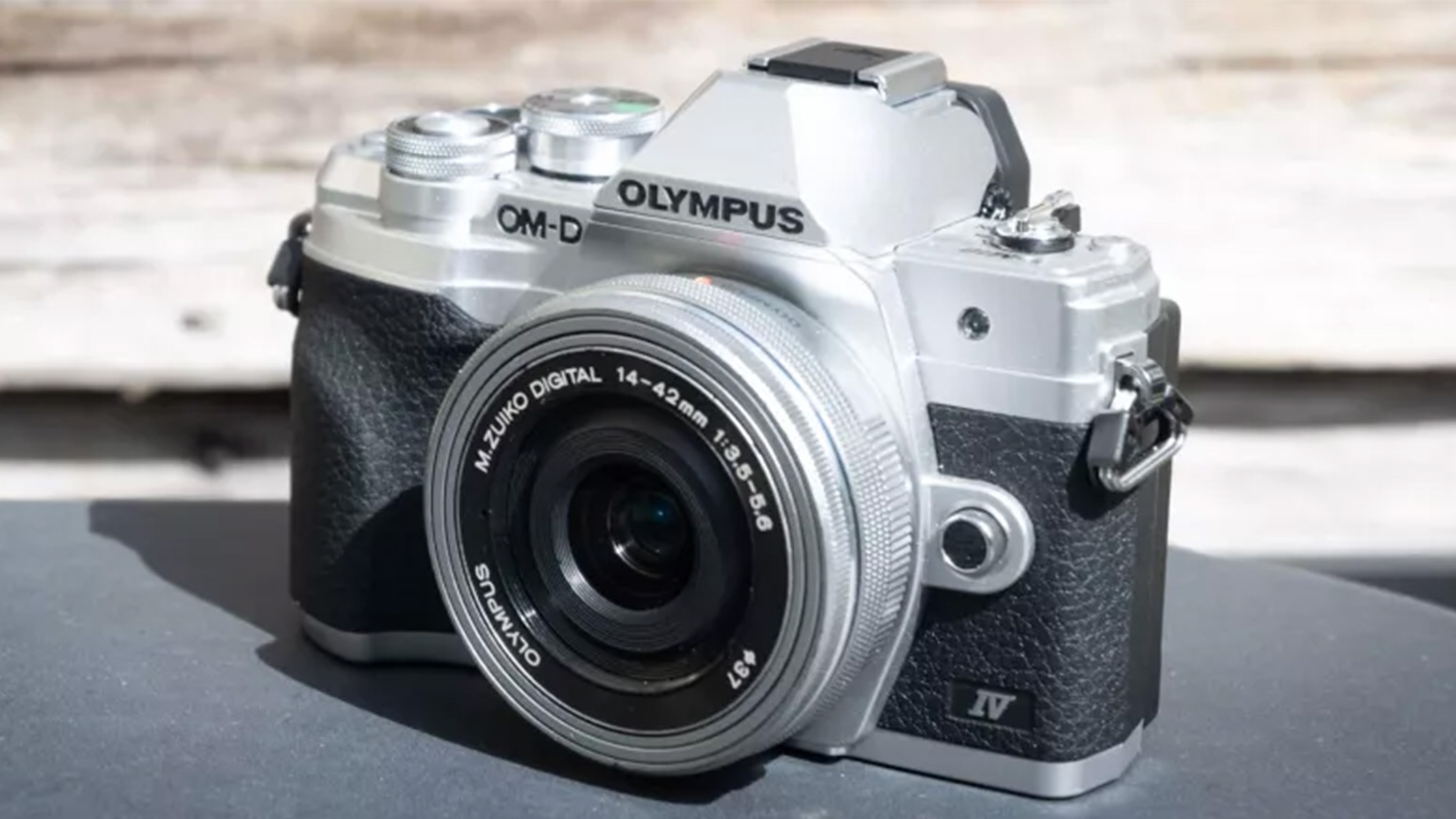
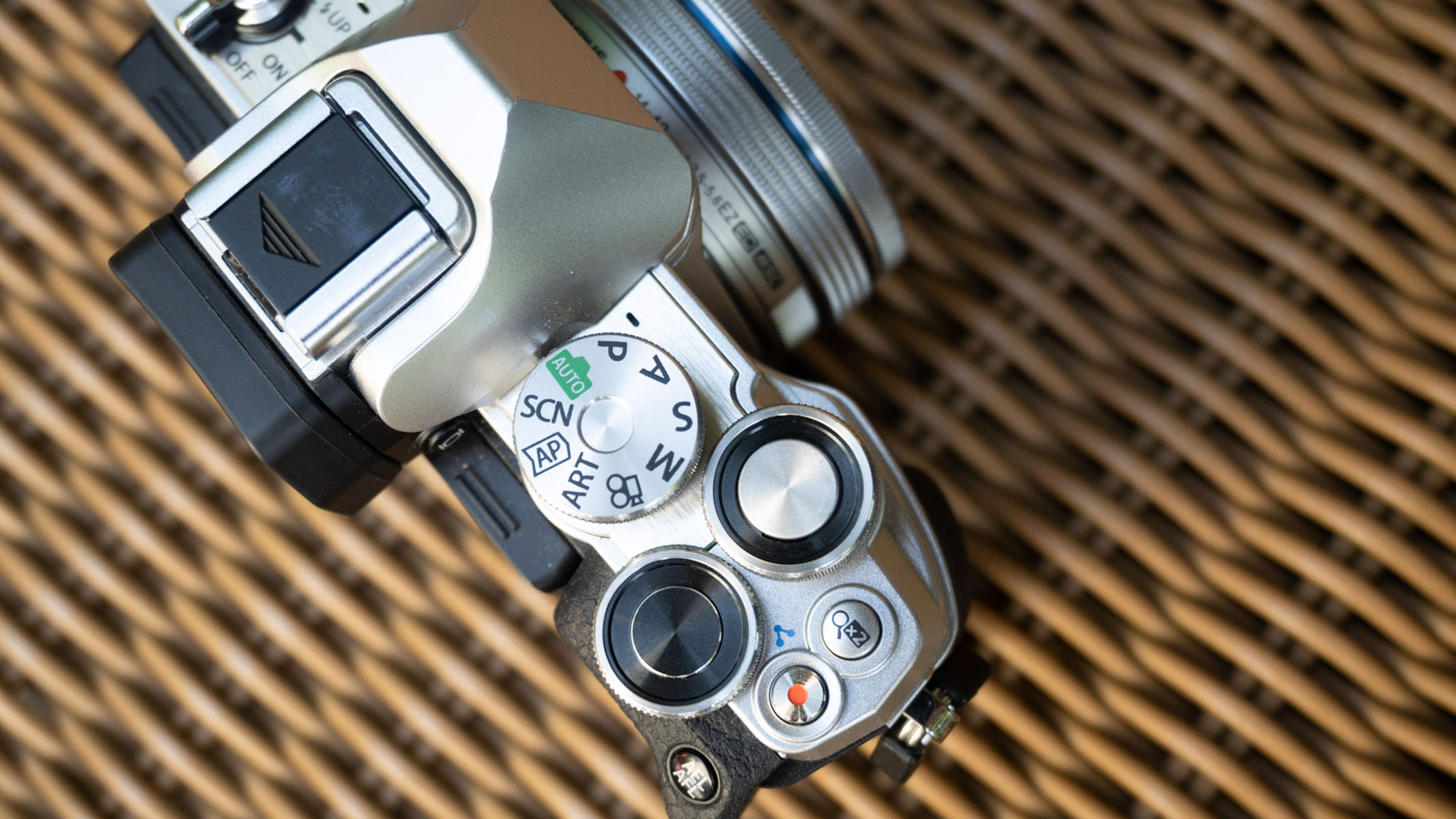
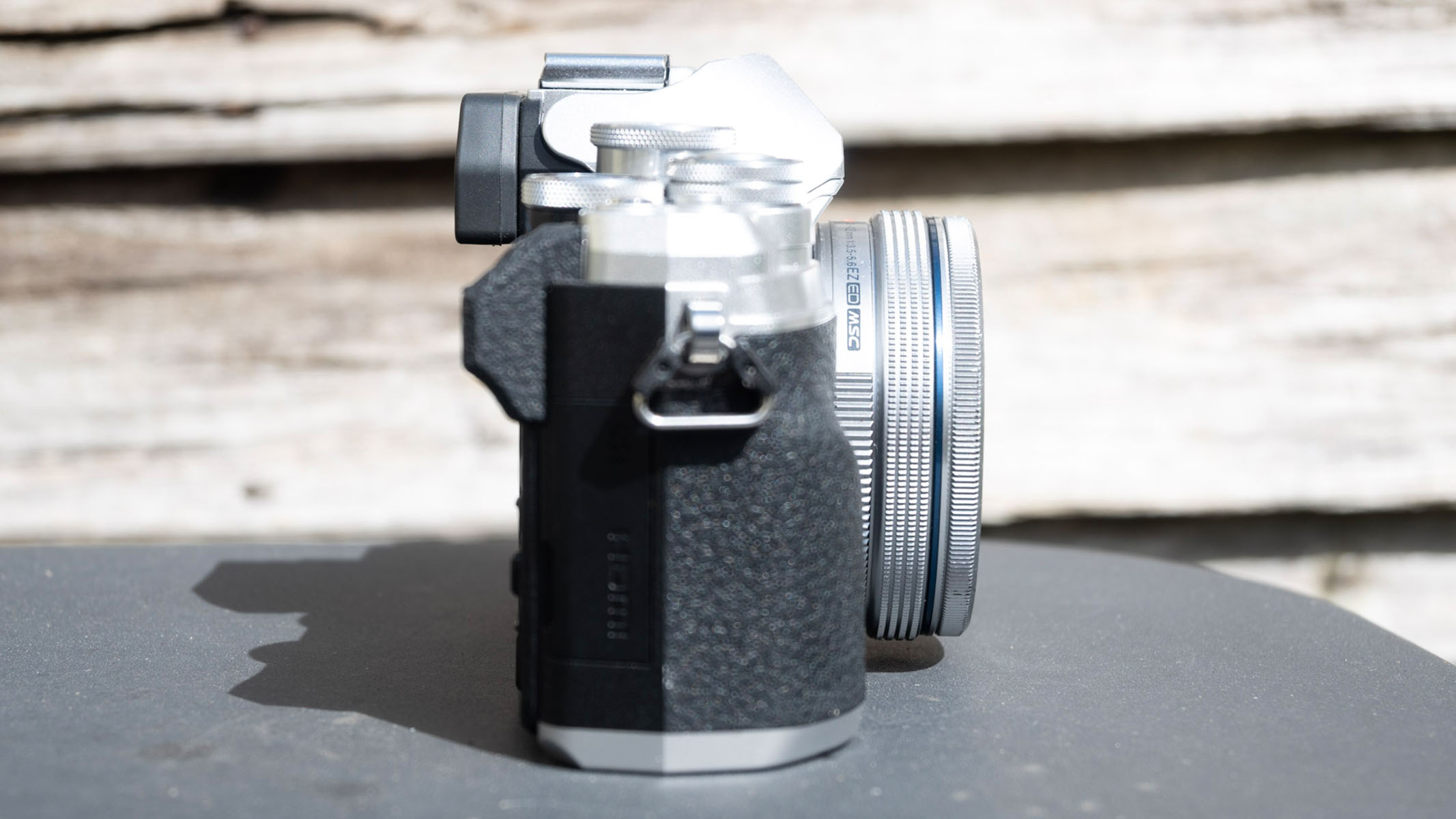
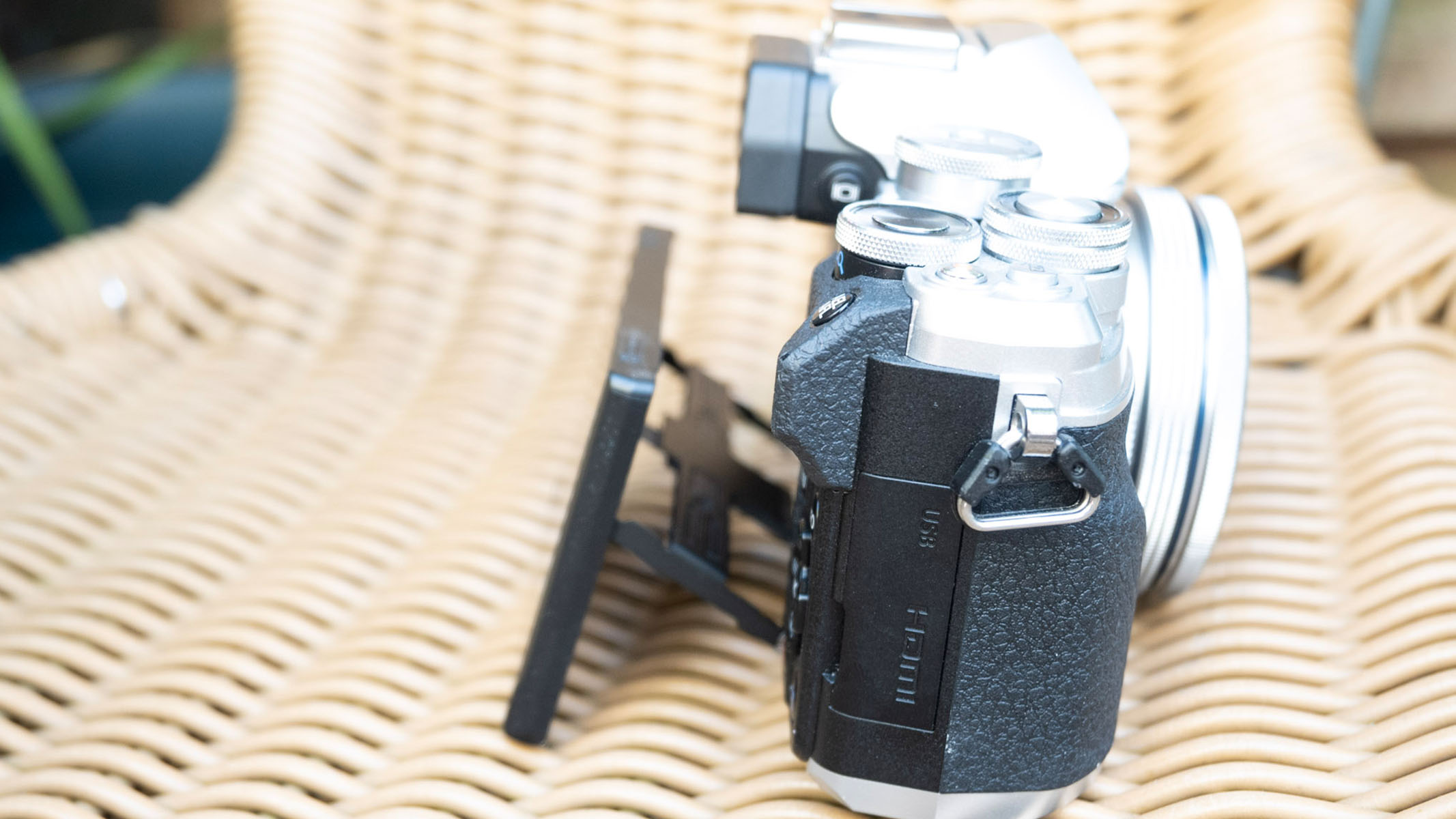
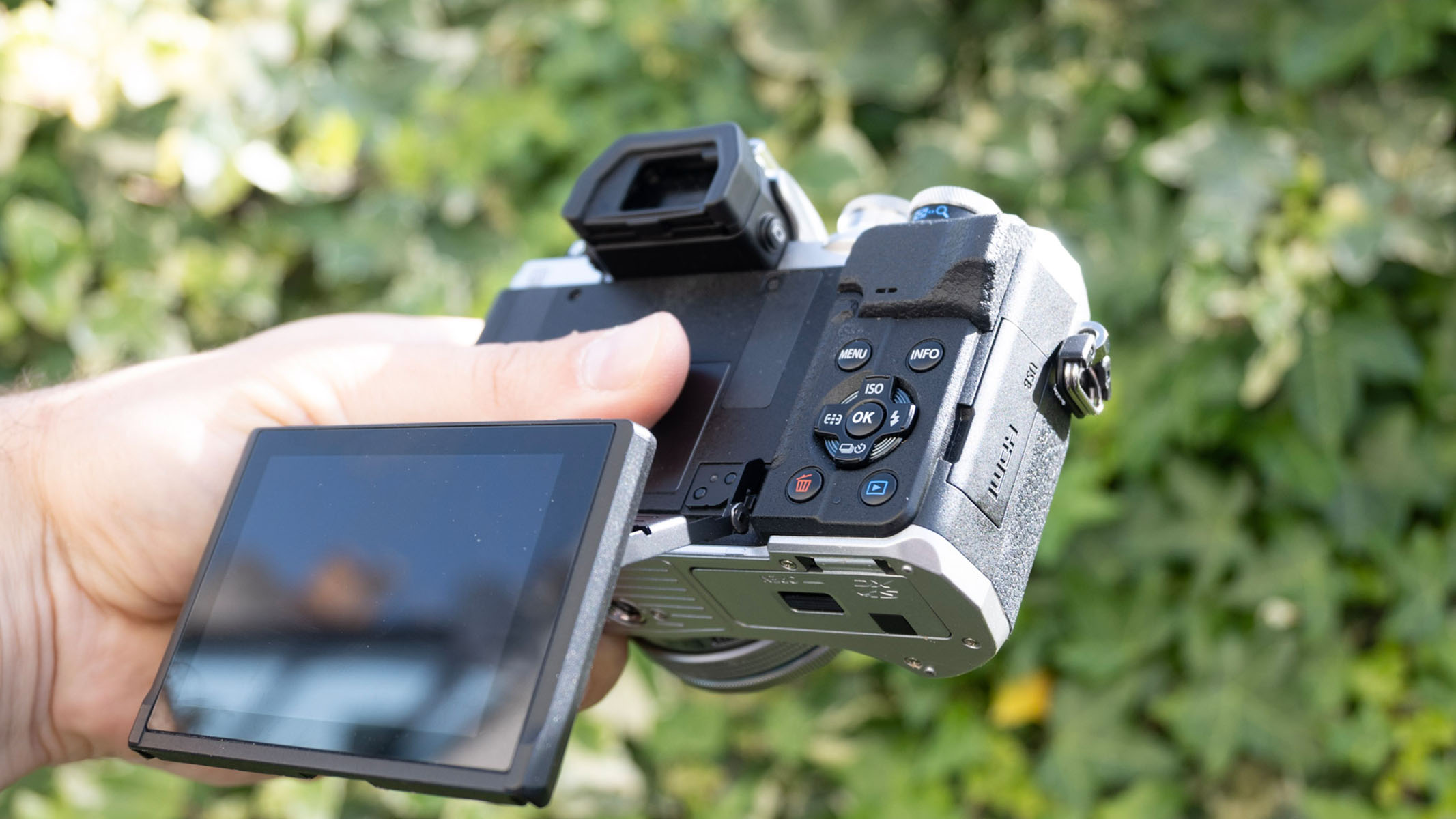
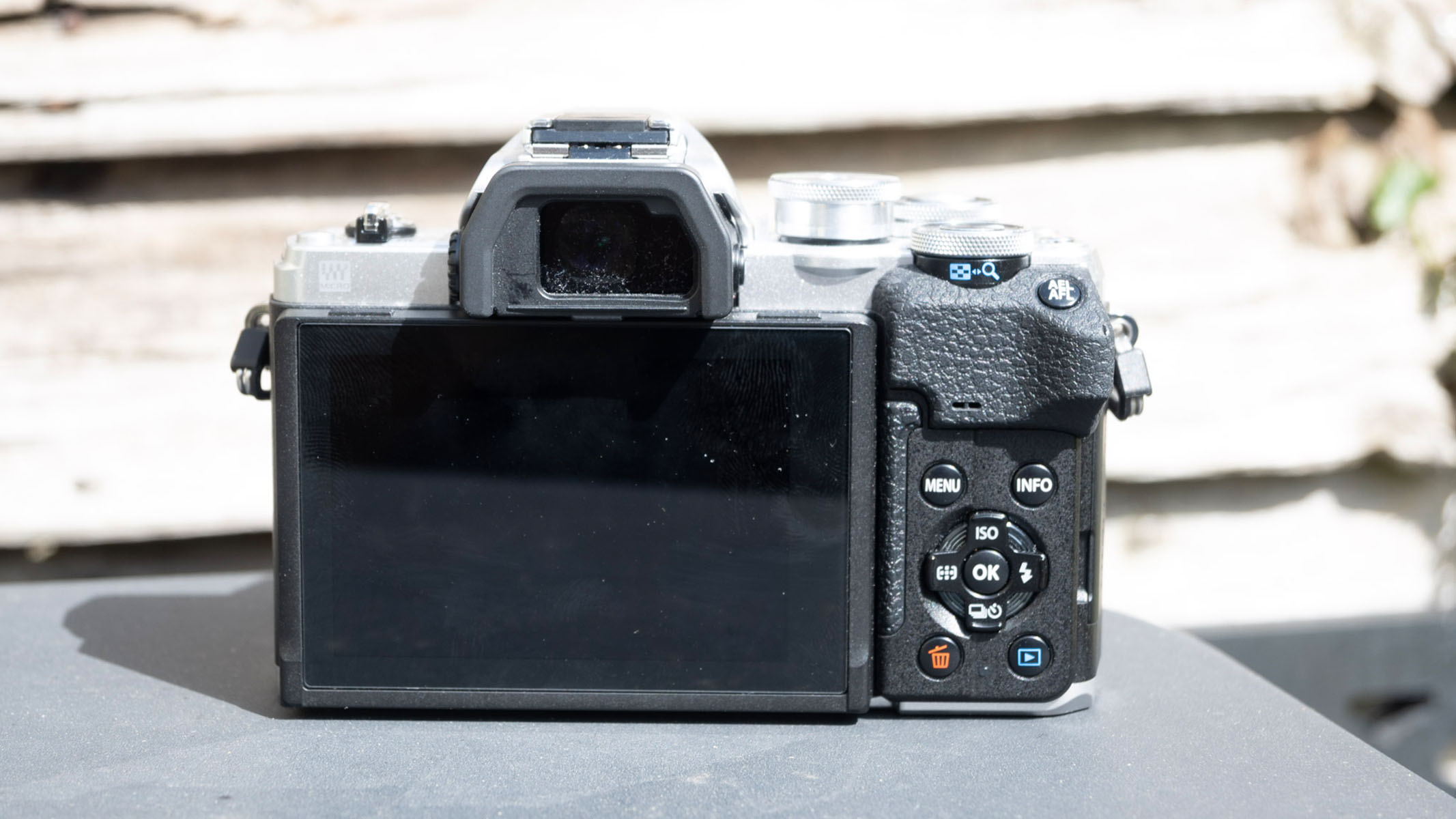
Specifications
Reasons to buy
Reasons to avoid
✅ You want great quality in a lightweight package: This camera combines top-notch image quality with the ability to interchange lenses while still keeping things small and lightweight.
❌ You're a professional: While we don't deny that this camera gives pleasing results, professional photographers tend to go for more powerful full-frame cameras.
🔎 Olympus OM-D E-M10 Mark IV A small, lightweight camera that offers a great balance between usability, quality and an easy-to-understand, beginner-friendly interface. That said, more experienced photographers may get frustrated quickly. ★★★★
This mirrorless micro four-thirds (MFT) camera is a little wonder. It packs in a powerful image sensor into a small body, making it extremely portable while still having the flexibility of interchangeable lenses. It's a fantastic choice for beginners and enthusiasts who want a capable camera that's not going to break the bank.
In our Olympus OM-D E-M10 Mark IV review, we praised the camera's in-body image stabilization, which operates on a 5-axis range. It's an impressive feature given the camera's price and means when you're shooting handheld in low-light situations you've got extra stabilization, lending itself to sharper images. There's also a burst speed function — up to 8.7FPS — which can be useful when capturing action.
We also love the big and bright electronic viewfinder on the Olympus OM-D E-M10 Mark IV. It packs in 2.36 million dots to offer a detailed display of whatever you're trying to capture. And if you prefer to use the rear screen to frame your shots, you'll find the 3-inch touchscreen to be bright and useful thanks to being tiltable.
As a micro four-thirds camera, however, the E-M10 Mark IV does have some limitations — but it's to be expected given its price point. Its autofocus detection range isn't the best: It can only handle a range of -2EV, so you'll need to largely rely on manual focusing in low-light situations. Picking up one of the best tripods will help you get that steady, sharp shot, however. On the flip side, the ISO range is impressive here, topping out at 25,600.
- Read our full Olympus OM-D E-M10 Mark IV review
Attributes | Notes |
|---|---|
Design | Lightweight design aids portability. |
Performance | Autofocus up there with the best in its class. |
Functionality | 5 axis image stabilization. |
Best budget option
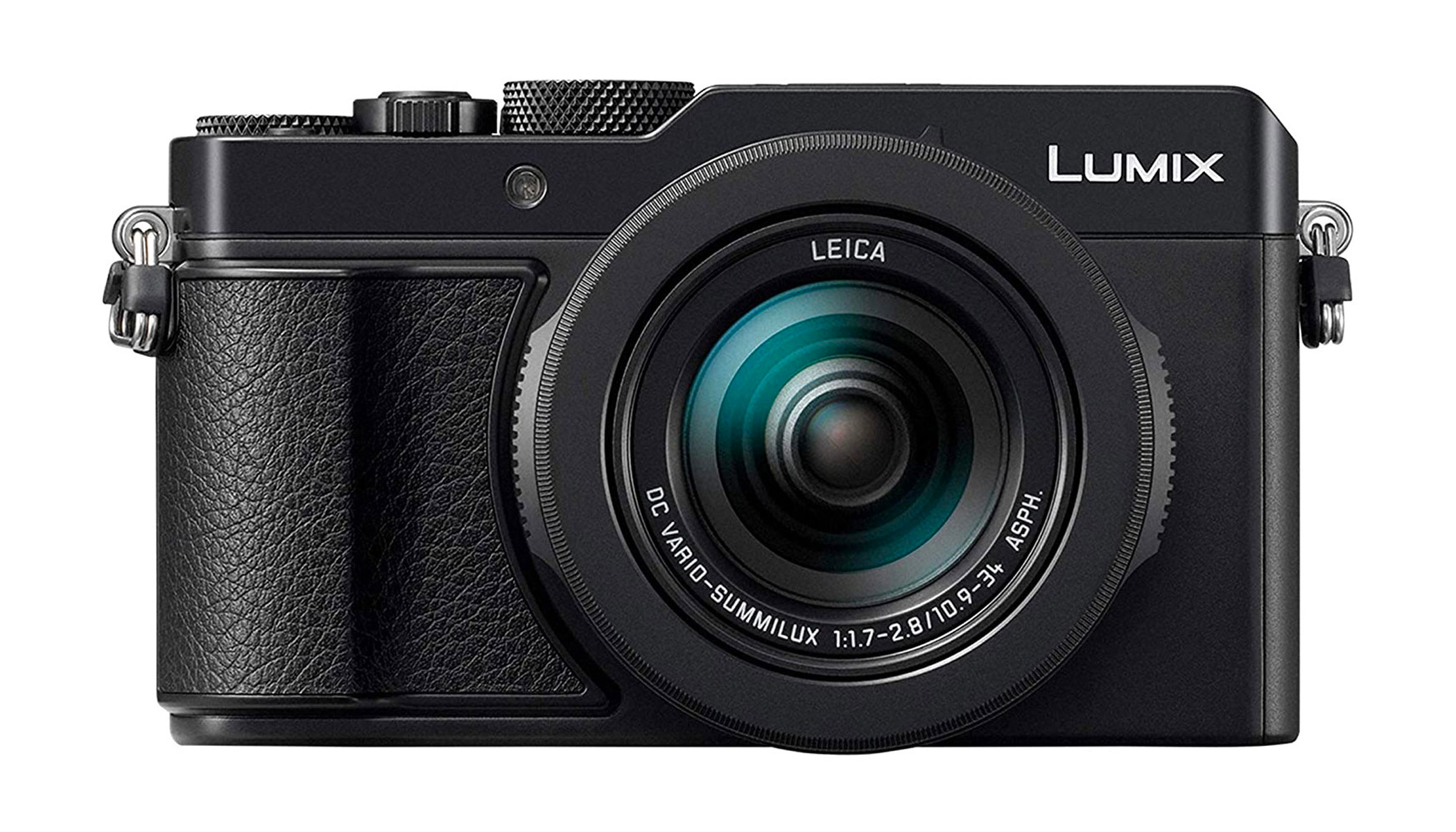
Panasonic LX100 II
Our expert review:
Specifications
Reasons to buy
Reasons to avoid
✅ You travel a lot: Compact cameras are much smaller and lighter than interchangeable lens cameras — ideal for travel.
✅ You aren't confident with focus: This camera has a clever 'post focus' function which lets you select your desired focus point after the photo has been taken.
❌ You want to do a range of photographic styles: Having a fixed lens means you're sometimes limited in what you can do because you can't change to a more suited lens for each photographic style.
🔎 Panasonic LX100 II For a neat little camera for less than $1000, you can't go wrong if you want to use it for traveling or for low light photography thanks to its wide aperture. Though if you want to expand your photography skills into the future, you may need to upgrade ★★★½
A great choice for beginners, the Panasonic Lumix LX100 II is surprisingly adept at shooting in low light conditions. Perhaps the best at its price point, in fact, and so if you're on a budget, this camera is well worth considering.
We were seriously impressed with the build quality: it's sturdier than most compact cameras and feels similar to an SLR with its top-mounted controls.
There are two dials: one for exposure and another for shutter speed adjustments, which offer convenient control over your shots without needing to navigate through complex menus. These controls give it more of a professional touch, which we really love.
The Lumix LX100 II sports a micro four-thirds image sensor, which produces images with a great amount of detail. But it's the camera's excellent post-focus function that we think makes it stand out from its competitors.
Essentially, you have the ability to choose a focus point in a photo after it has been taken, which is an absolute game-changer if you realize you've missed your focus target — something that's easily done when you're shooting in low light.
Attributes | Notes |
|---|---|
Design | Compact body with large MFT sensor. |
Performance | Wide aperture lens. |
Functionality | Post Focus feature lets you choose focus point after shooting. |
Best crop sensor
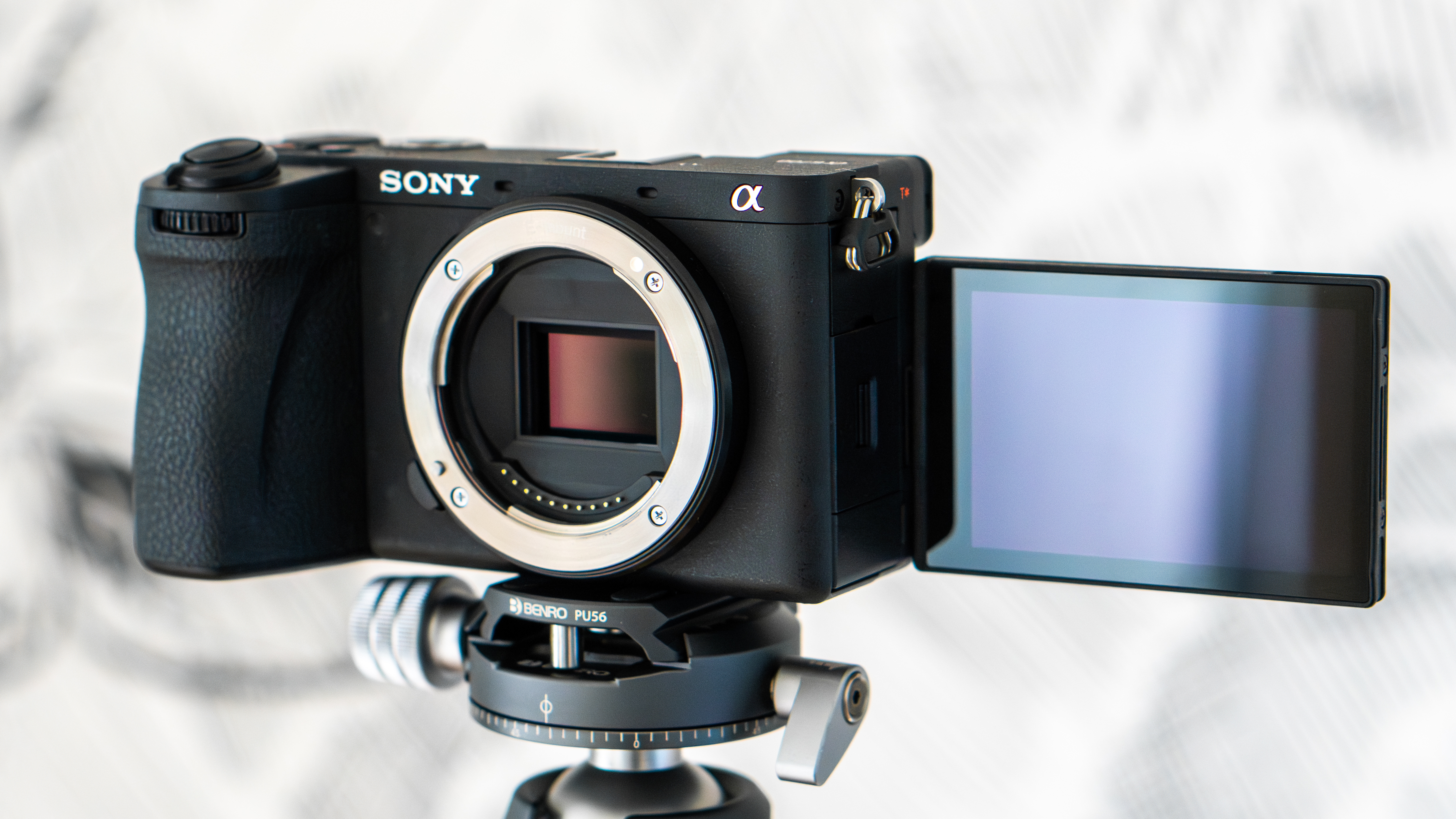
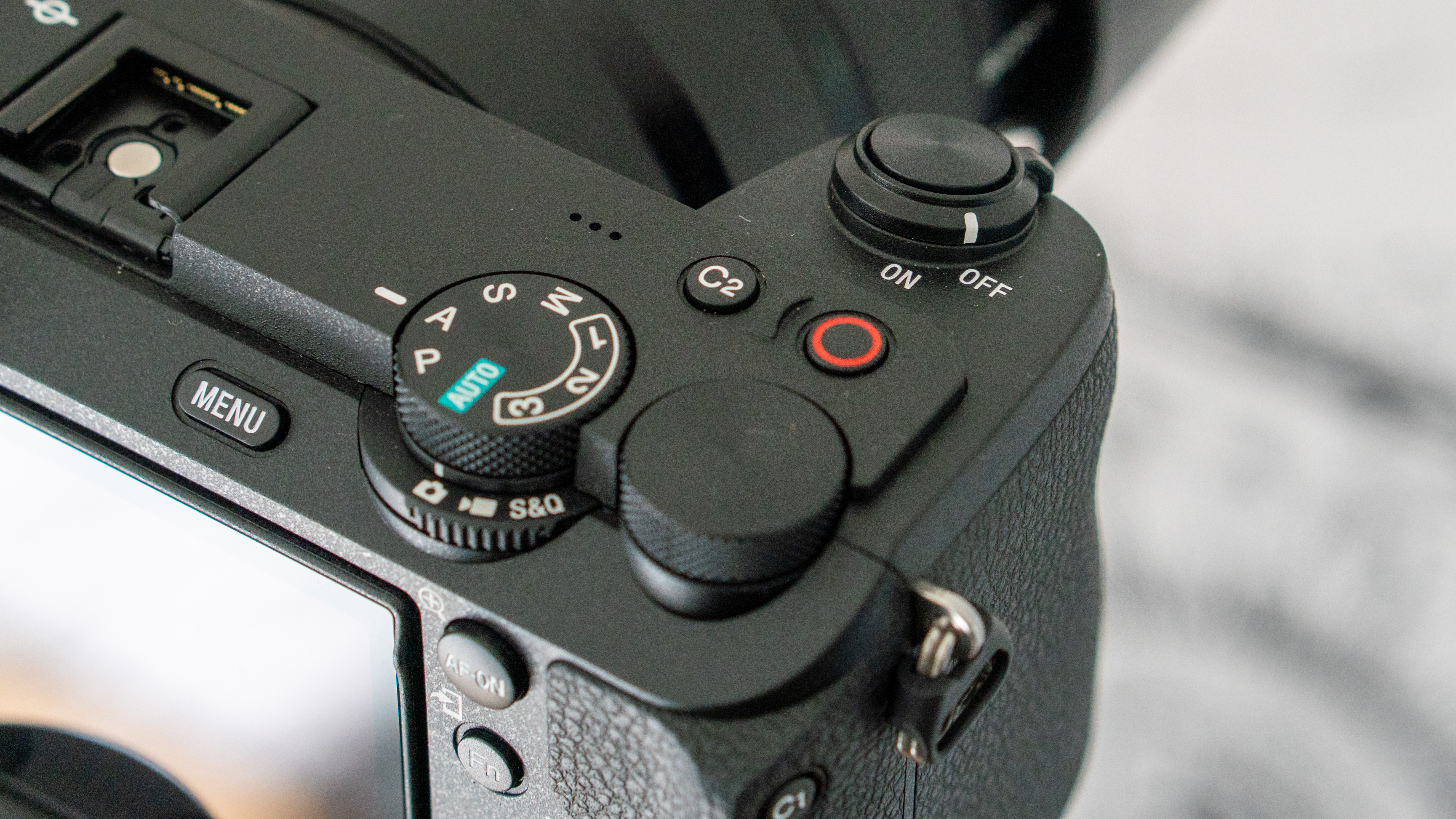
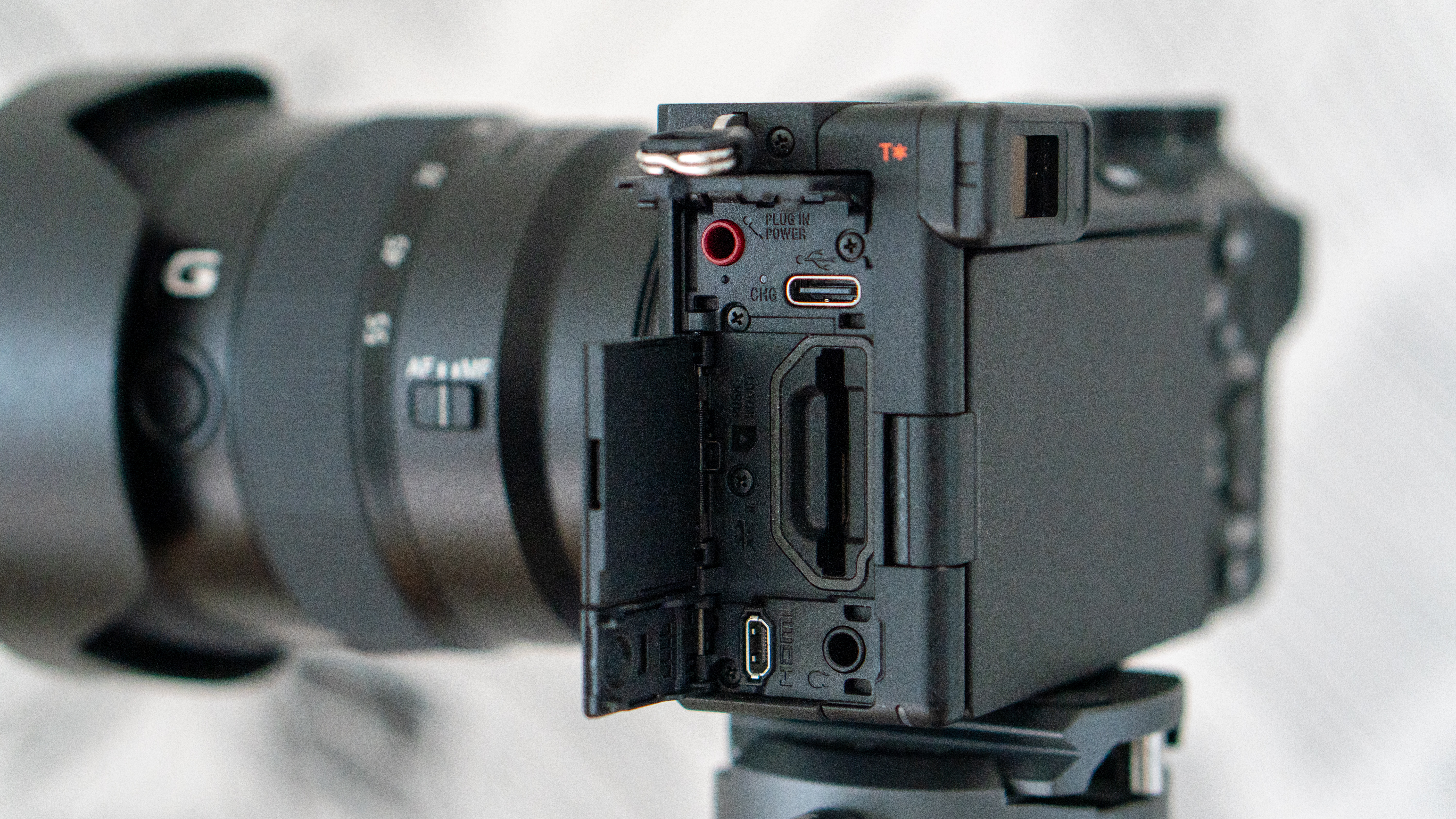
Specifications
Reasons to buy
Reasons to avoid
✅ You're at enthusiast level: While it's likely too expensive for absolute beginners, enthusiasts who want the best specs in the APS-C range would do well with this camera.
✅ You want AI tech: There are seven autofocus options plus huge customization possibilities for each.
❌ You're a professional: Due to its shortened battery life and singular card slot, we wouldn't recommend it as a primary camera for professionals.
❌ You shoot sports or fast action: Although the autofocus is impressive, 11FPS likely isn't enough for fast-action photography.
🔎 Sony A6700: Though it comes with a higher price tag than some of its competitors, it's a reliable workhorse with a ton of impressive functionality. ★★★★
The Sony A6700 is Sony's newest crop-sensor mirrorless camera, taking over the A6600 as the flagship crop-sensor model. It carries a premium price tag (for a crop-sensor camera, at least) but packs in some seriously advanced features, making this an excellent choice for beginners and pros alike who are willing to spend a bit more.
In our Sony A6700 review, we praised the camera's low light performance. It can focus down to -3EV, which is one stop more than its predecessor, and its ISO is excellent all the way up to 6400 (at which point it begins to let in too much noise). When you're working in low light, then, or shooting astrophotography, this camera is more than capable of doing the job — though you might want to use one of the best editing apps for astrophotography to clear up the noise.
A standout feature of the Sony A6700 is its impressive autofocusing capability. Leveraging advanced AI technology from Sony's top-of-the-range full-frame cameras, it excels at tracking eyes and faces with remarkable accuracy. With nearly twice as many phase-detection points as its predecessor (759 compared to the A6600's 425), autofocus and tracking performance are nearly flawless. We found that during eye tracking, it seamlessly transitions to face tracking if the subject briefly turns away from the camera.
We also love that the A6700's 5-axis stabilization, previously only for images, now works with video. If you're a videographer or vlogger, then, that's great news, making this camera a great option for filming.
Because it 'only' has an APS-C sensor, we wouldn't necessarily recommend the Sony A6700 for professional photographers, but its impressive and advanced suite of features means that it can compete with many full-frame cameras in terms of functionality. If you like bells and whistles, you're going to love it — although many of its features may be overkill for absolute beginners.
It's worth adding that if you've used a previous model in Sony's A6000 range, you'll notice a huge improvement in terms of technology and features, making it a worthy upgrade even from the A6600.
- Read our full Sony A6700 review
Attributes | Notes |
|---|---|
Design | Fully articulating screen, only one card slot. |
Performance | AI-based autofocus, excellent in low light. |
Functionality | Battery life compromised, IS in video. |
Best cameras for low light photography FAQ
Which camera is best for low light photography?
The Nikon Z7 II is the best for low light photography. We think it strikes a good balance between excellent image quality, competitive price, and flexibility for generalist shooting, too.
What ISO is best for low light photography?
The critical factor in finding the best camera for low light photography is how it deals with light sensitivity. The ISO range determines this — the higher the ISO sensitivity, the better the camera will capture well-exposed images in darker environments.
The flip side of a higher ISO is that it brings noise into the image, so you'll also want to look for a camera with a larger image sensor (it physically takes up more space so it can capture more light) and one with fewer megapixels to mitigate the noise. This is why compact cameras with fixed lenses aren't traditionally favorites for low light photography — unless they have specialized sensors like the Canon PowerShot G1 X Mark III.
Which camera is best for autofocusing in low light?
The Nikon Z6 II and Sony a7S III are the best for autofocusing in low light from our guide because their exposure value goes as low as -6EV. However, another important consideration in low light photography is focus, which keeps images sharp. Autofocusing functions struggle in darker environments, so you'll want to look at how low the exposure value (EV) range on each camera goes. The lower the number, the better the camera will cope with autofocusing in less-than-ideal light conditions.
What should I look for in a camera for low light?
In-body stabilization is vital, especially in dark environments, as it lets you shoot handheld without needing a tripod, making sure video footage isn't shaky and stills come out sharp. For this purpose, you'll also want a camera with a fast lens (or one compatible with fast and wide aperture lenses) to maximize the amount of light coming through the image sensor. For more in-depth guidance about choosing lenses for low light photography, check out our guides to the best lenses for astrophotography and the best zoom lenses.
Design and ergonomics are other factors to look out for when choosing a camera. Not just for aesthetics — some people prefer on-screen menus whereas some prefer buttons or dials. Consider whether you'll want something more portable and versatile, or a specialized camera dedicated solely to low light photography.
Tied into these considerations is, of course, your budget — we've included cameras at various price points, so you'll be sure to find something that works for you.
Update log
Editor's Note 07/01/25: Updated introduction to include Amazon Prime Day details and night sky targets for July.
How we test the best cameras for low light photography
To guarantee you're getting honest, up-to-date recommendations on the best cameras to buy here at Space.com we make sure to put every camera through a rigorous review to fully test each product. We review each camera based on a number of factors. Functionality as well as design and construction and its overall performance are all aspects we consider when reviewing.
Our expert staff and freelance contributors (who know their fields inside and out) are the ones who review the cameras. That means you can rely on a hands-on experience and a fair judgment on each model based on its price point, destined use and class. For example, while though two cameras might be the best-performing product in their own classes, comparing a 60MP full-frame mirrorless camera to a sleek little crop-sensor DSLR wouldn't be appropriate.
In our reviews we also include the necessary information like how easy each model is to use, the technology it features and what specs it boasts, whether or not it can produce high-quality stills and videos and other useful information. We also like to recommend any additional kit that would enhance a camera's performance and therefore, the photographer's experience.
Space.com has complete editorial independence and is here to ensure you get the best buying advice on cameras, whether you should purchase an instrument or not, making our buying guides and reviews reliable and transparent.
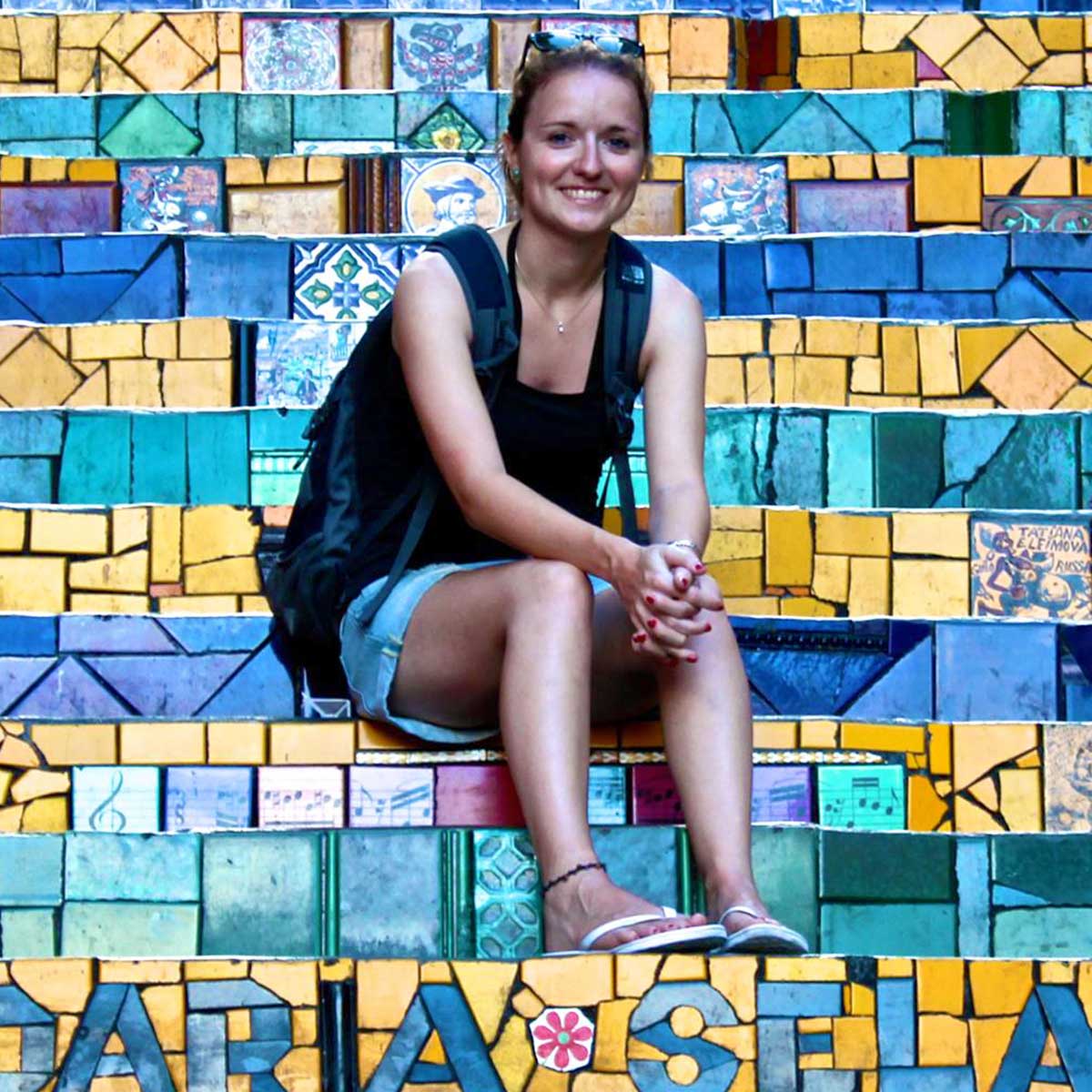
Tantse Walter is a photographer and adventurer that's spent seven years facilitating global adventurous expeditions. She loves getting into the nitty-gritty of sourcing and planning trips. Whether that be for astrophotography location scouting, or just for the love of exploration. Tantse enjoys taking creative, bright and bold photos of people, places, animals and the night sky. Tantse’s photos have been purchased by notable companies such as Ford and Cross Country Trains as well as an upcoming book about the songs, rituals and musical history of Capoeira.
Join our Space Forums to keep talking space on the latest missions, night sky and more! And if you have a news tip, correction or comment, let us know at: community@space.com.
Breaking space news, the latest updates on rocket launches, skywatching events and more!
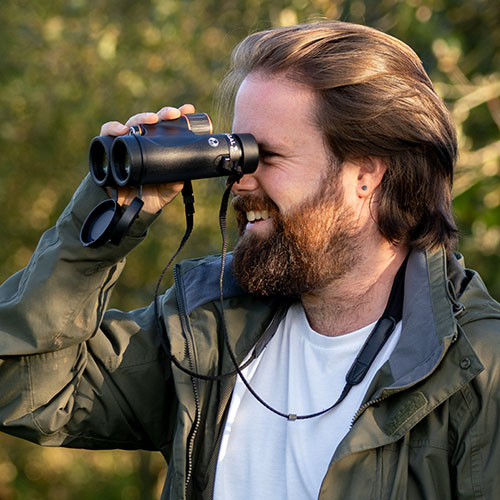
Jase Parnell-Brookes is the Managing Editor for e-commerce for Space and Live Science. Previously the Channel Editor for Cameras and Skywatching at Space, Jase has been an editor and contributing expert across a wide range of publications since 2010. Based in the UK, they are also an award-winning photographer and educator winning the Gold Prize award in the Nikon Photo Contest 2018/19 and named Digital Photographer of the Year in 2014. After completing their Masters degree in 2011 and qualifying as a teacher in 2012, Jase has spent the last two decades studying and working in photography and publishing in multiple areas, and specializes in low light optics and camera systems.
- Kim SnaithFreelance contributor
- Tantse WalterContributing Writer
- Chris McMullenContributing Writer
- Kimberley LaneContributing writer
- Harry BennettE-commerce Staff Writer
